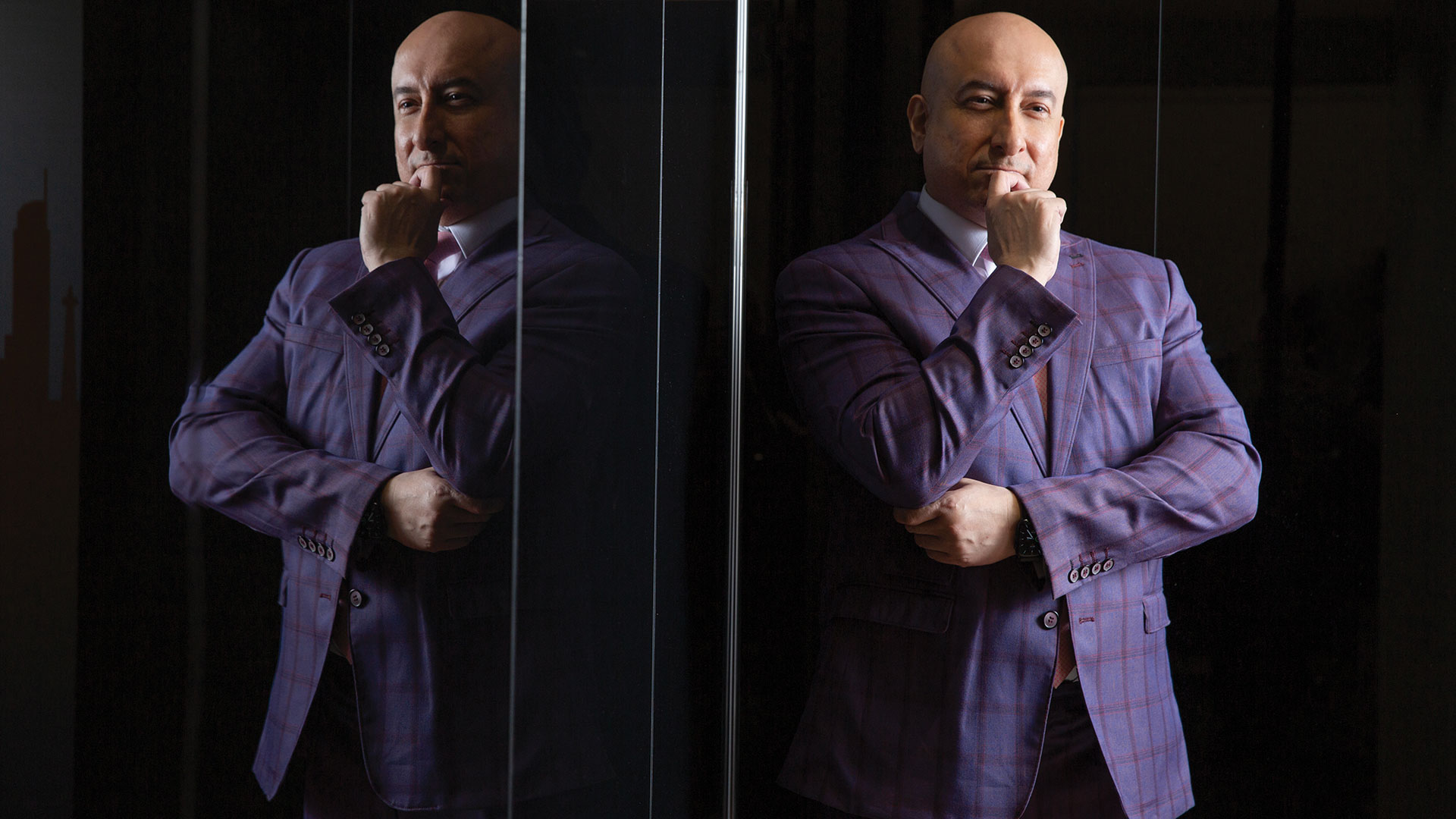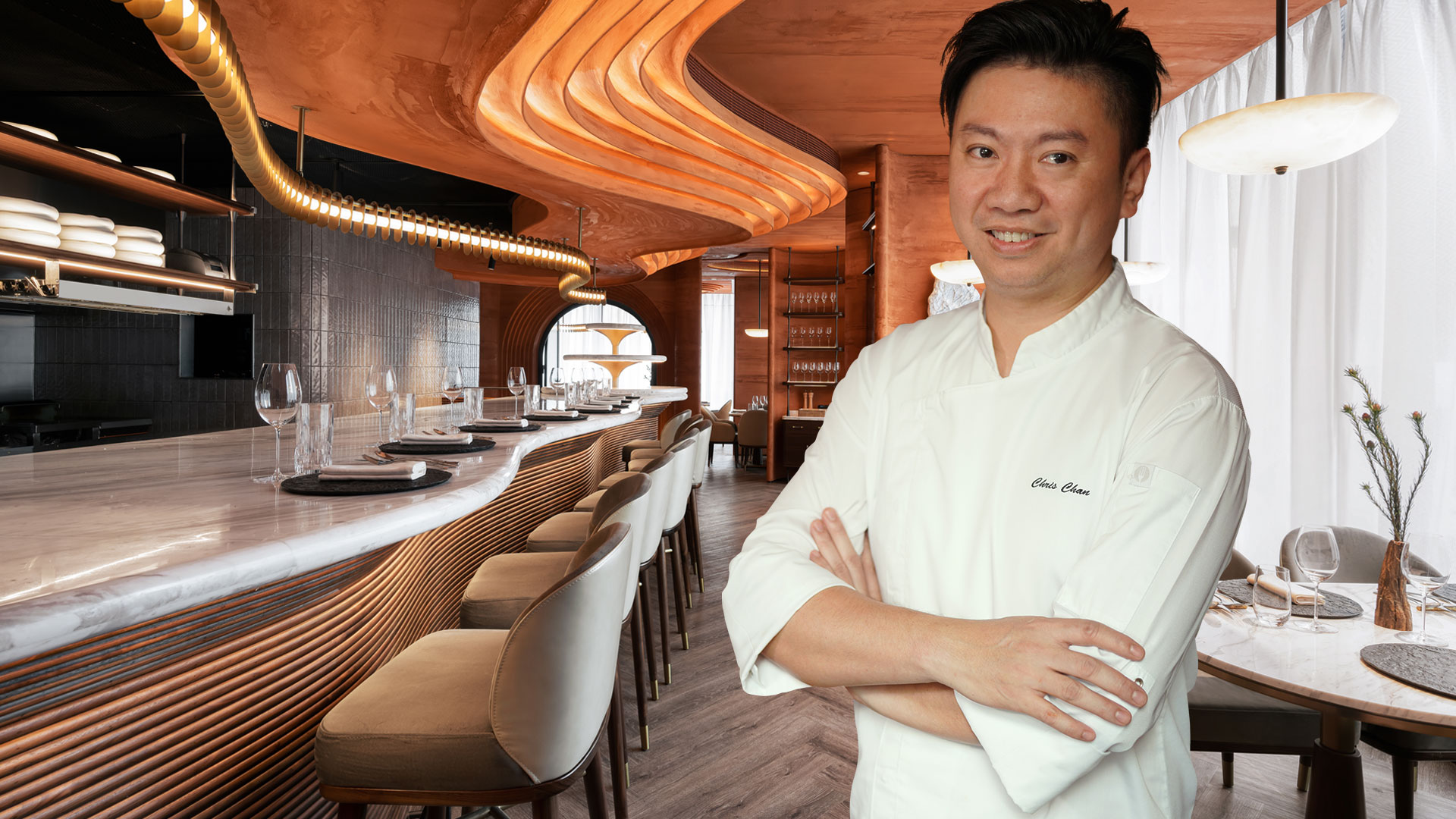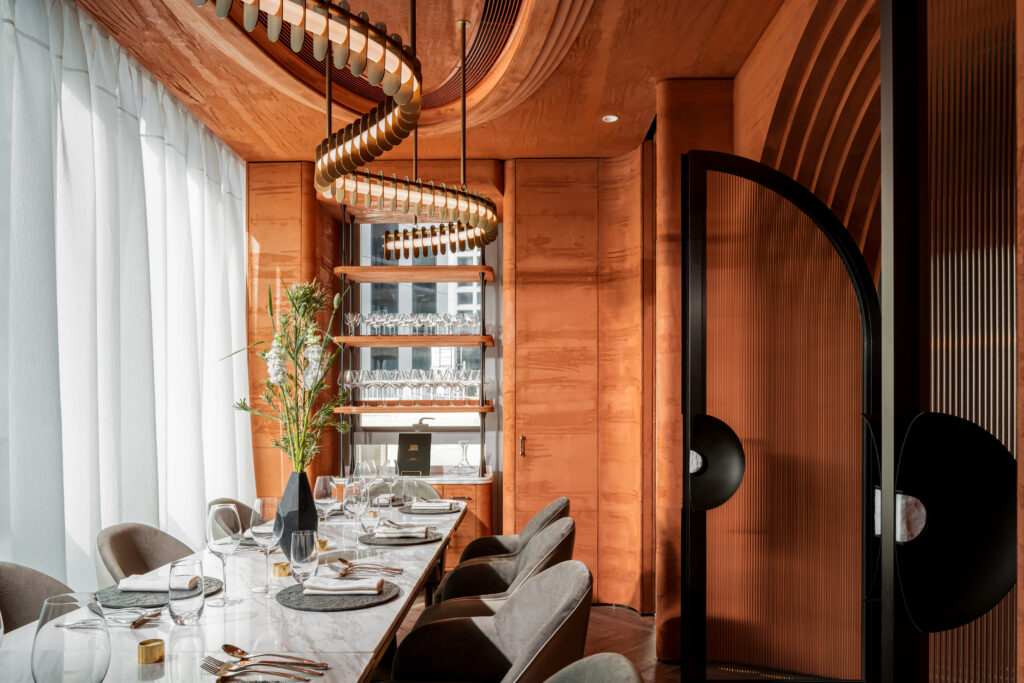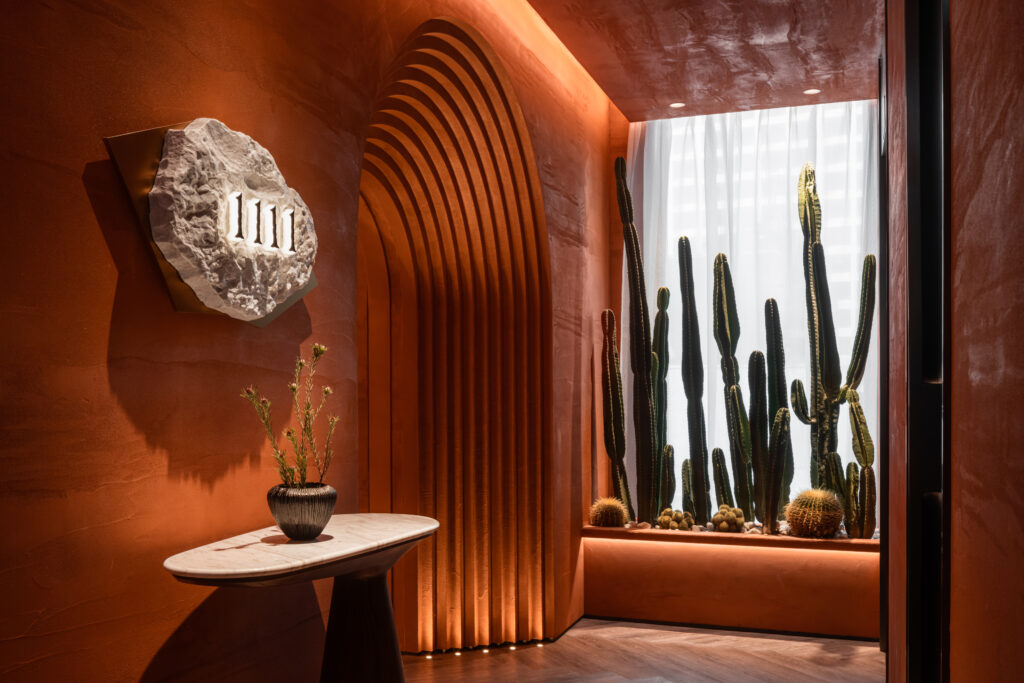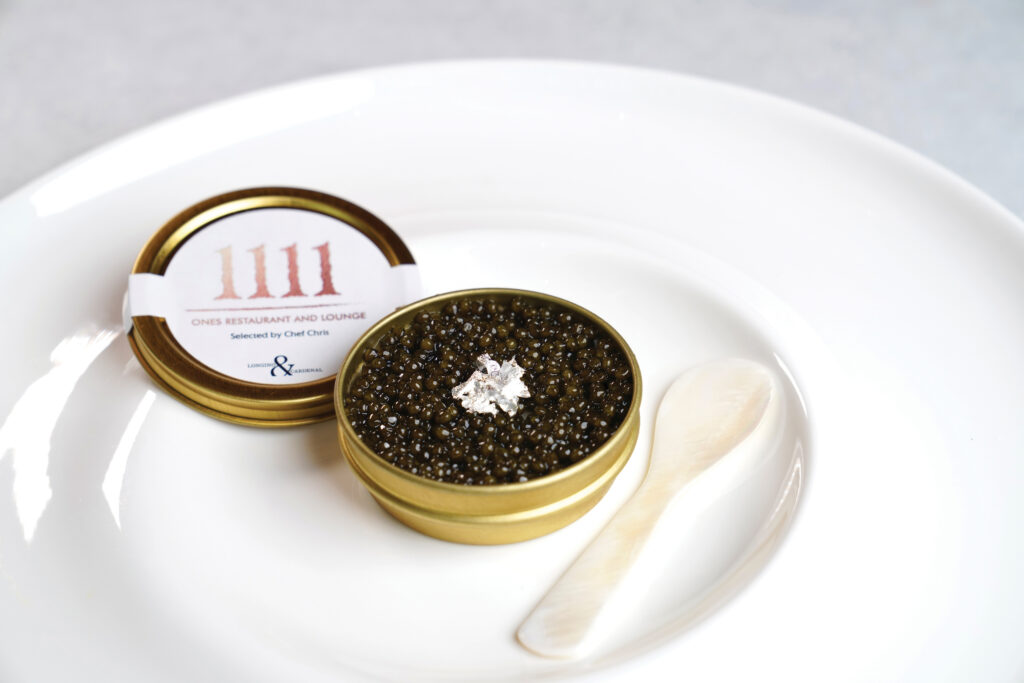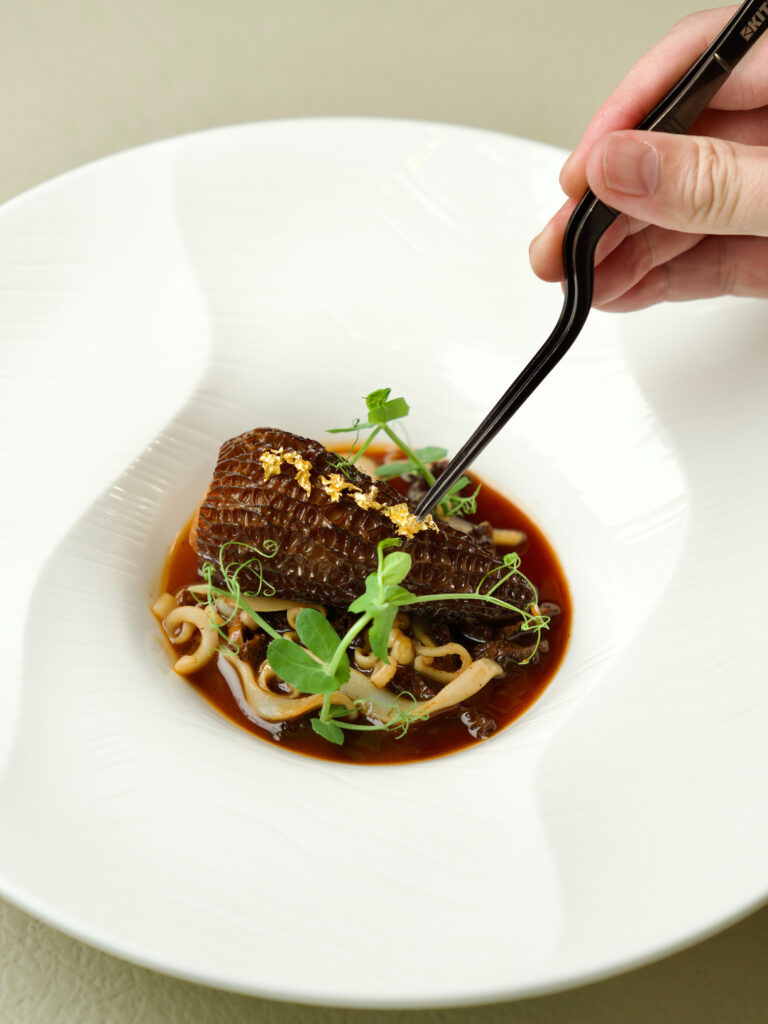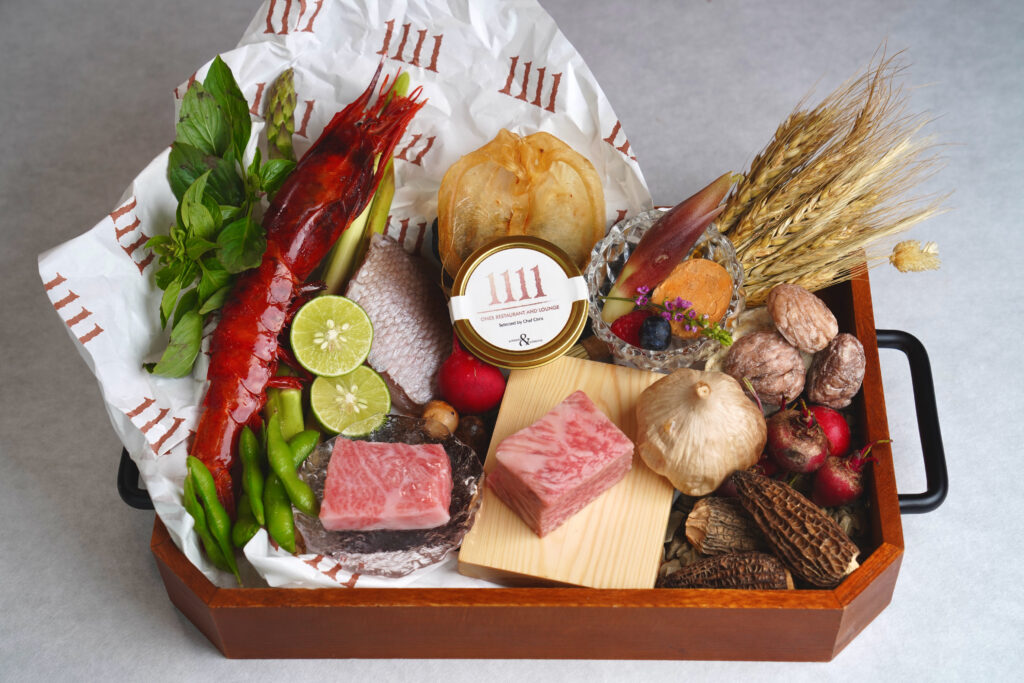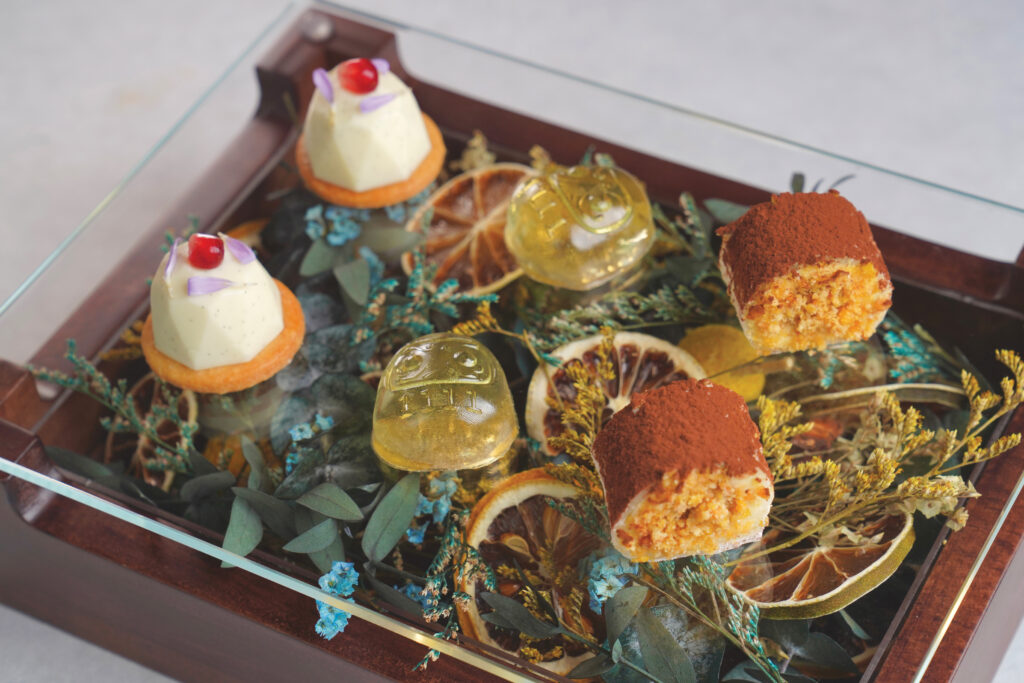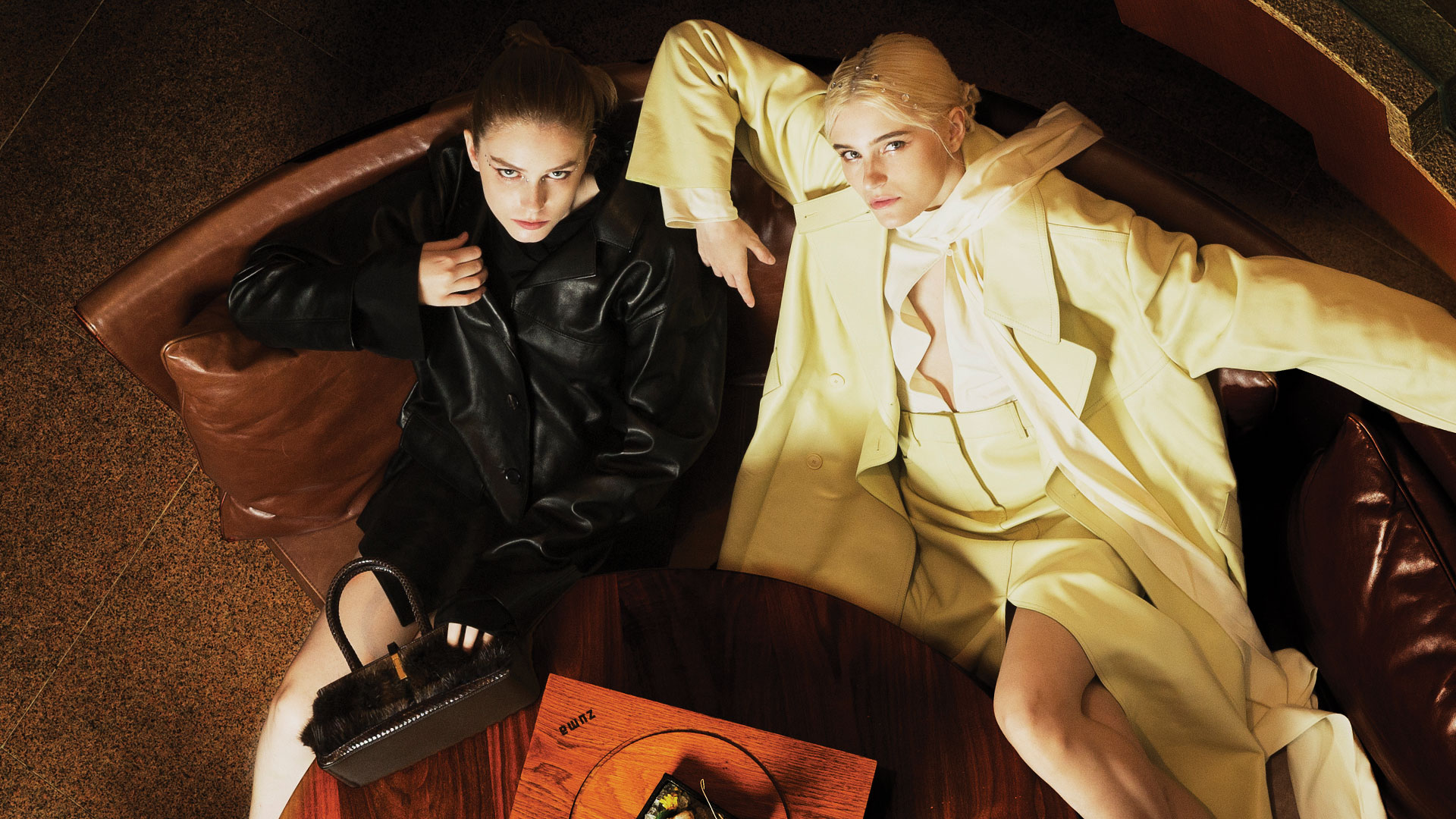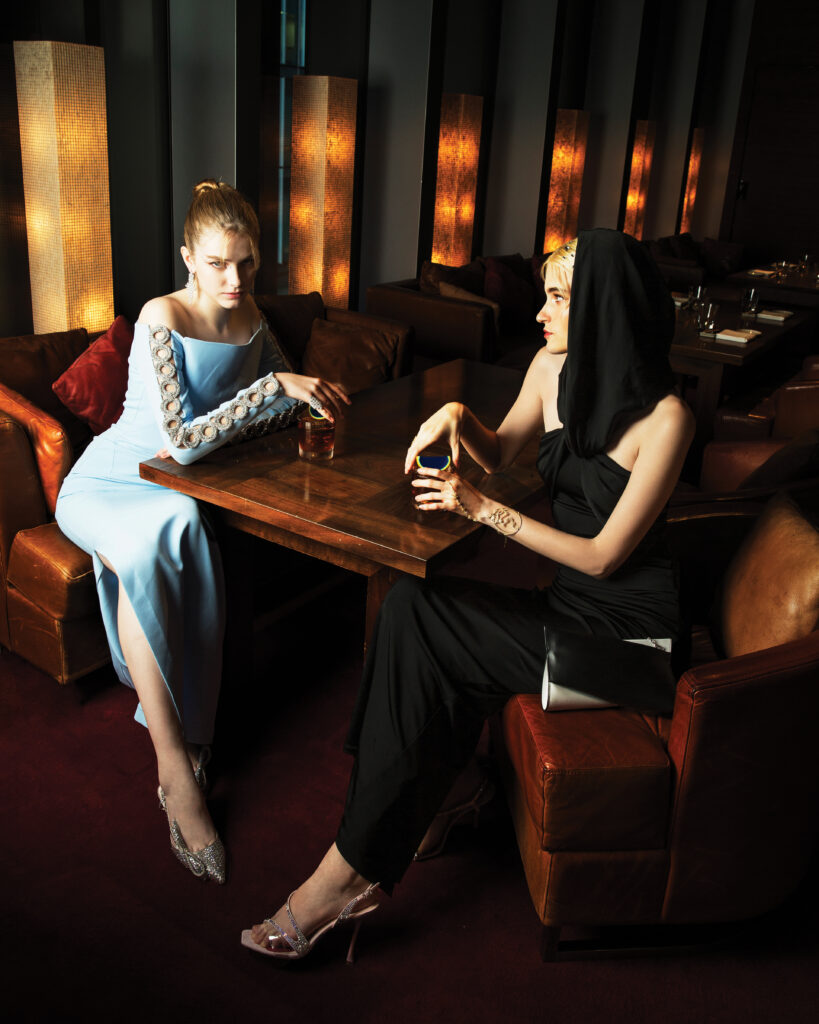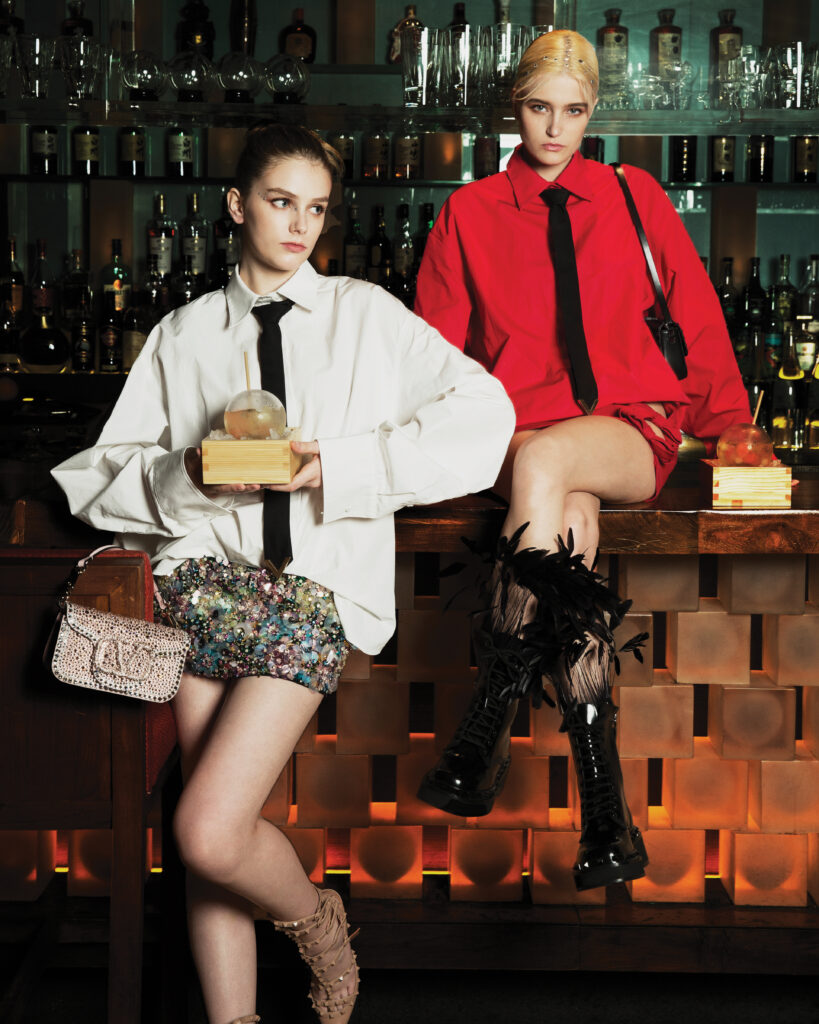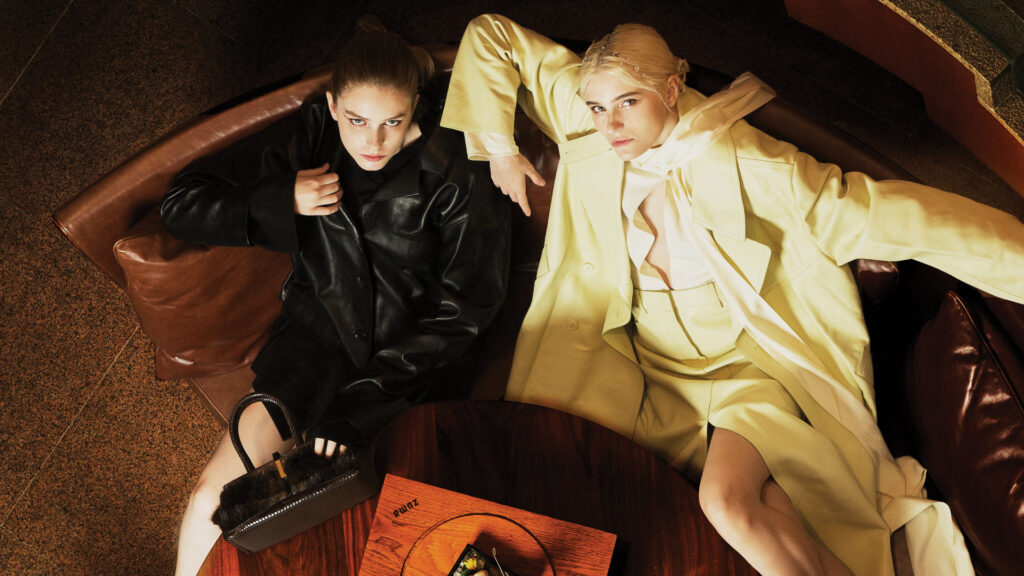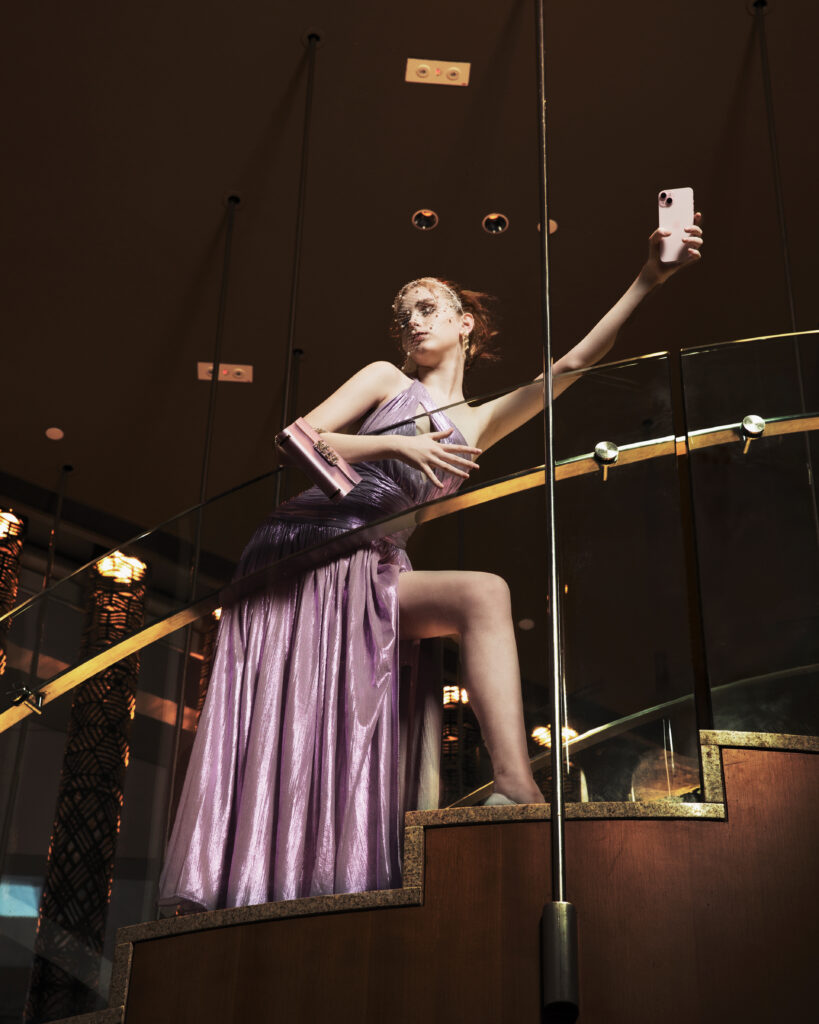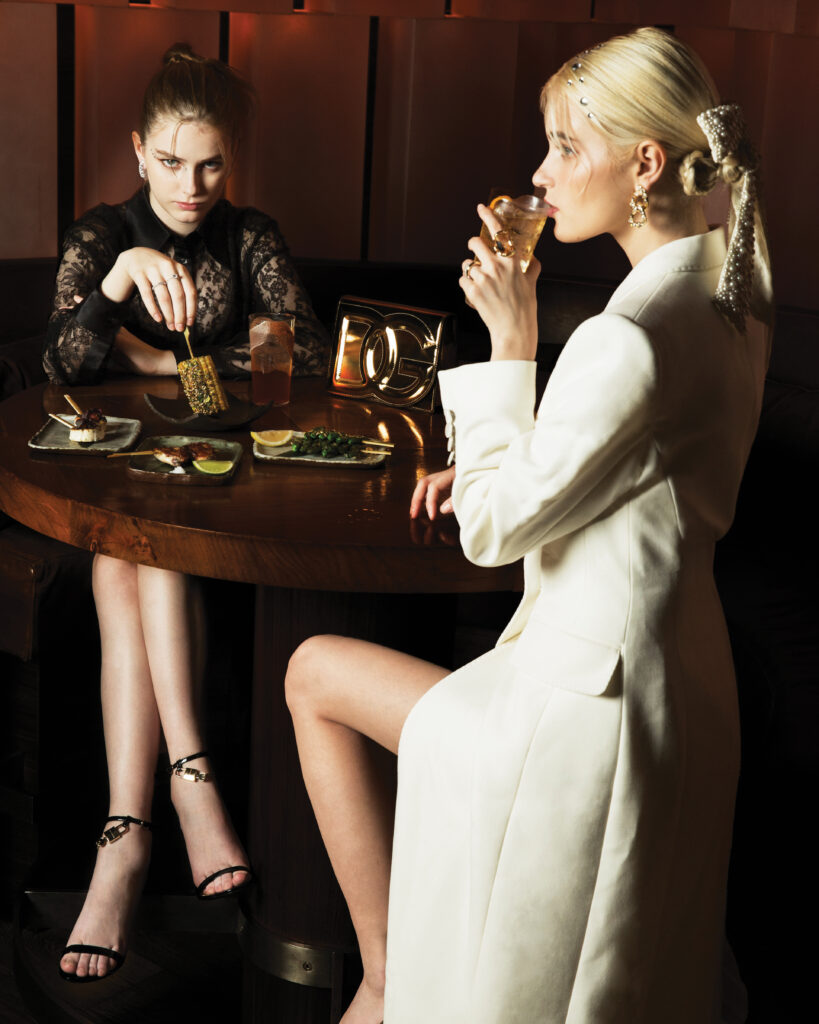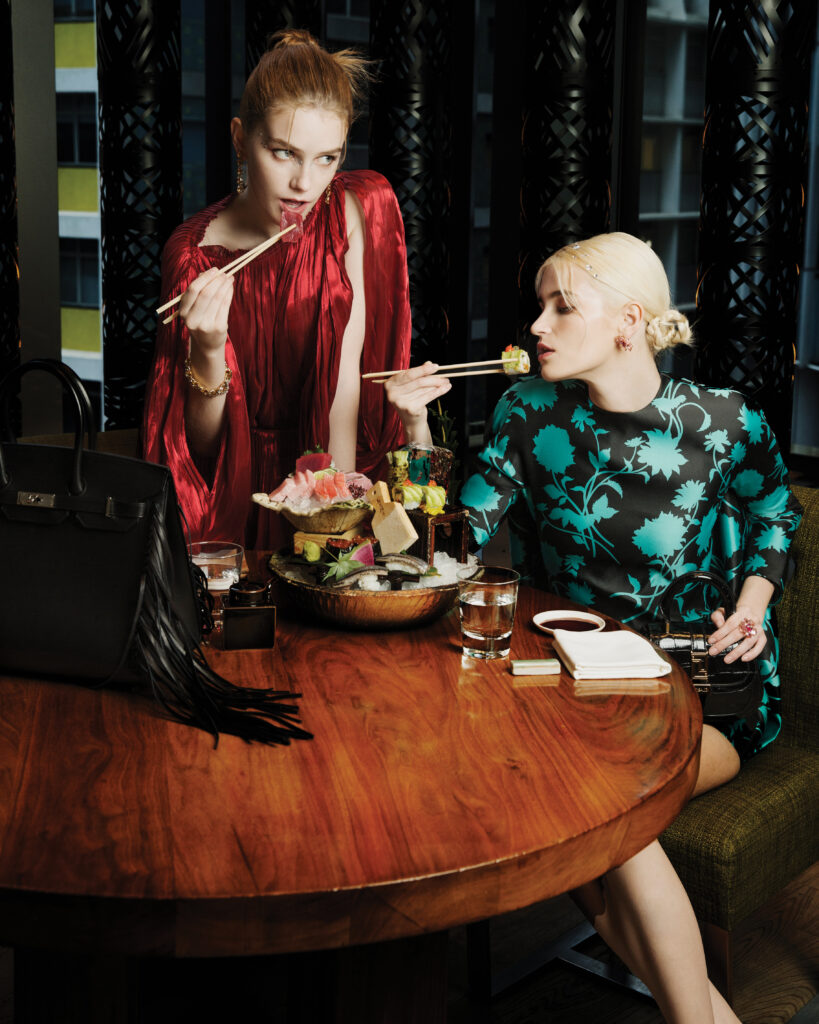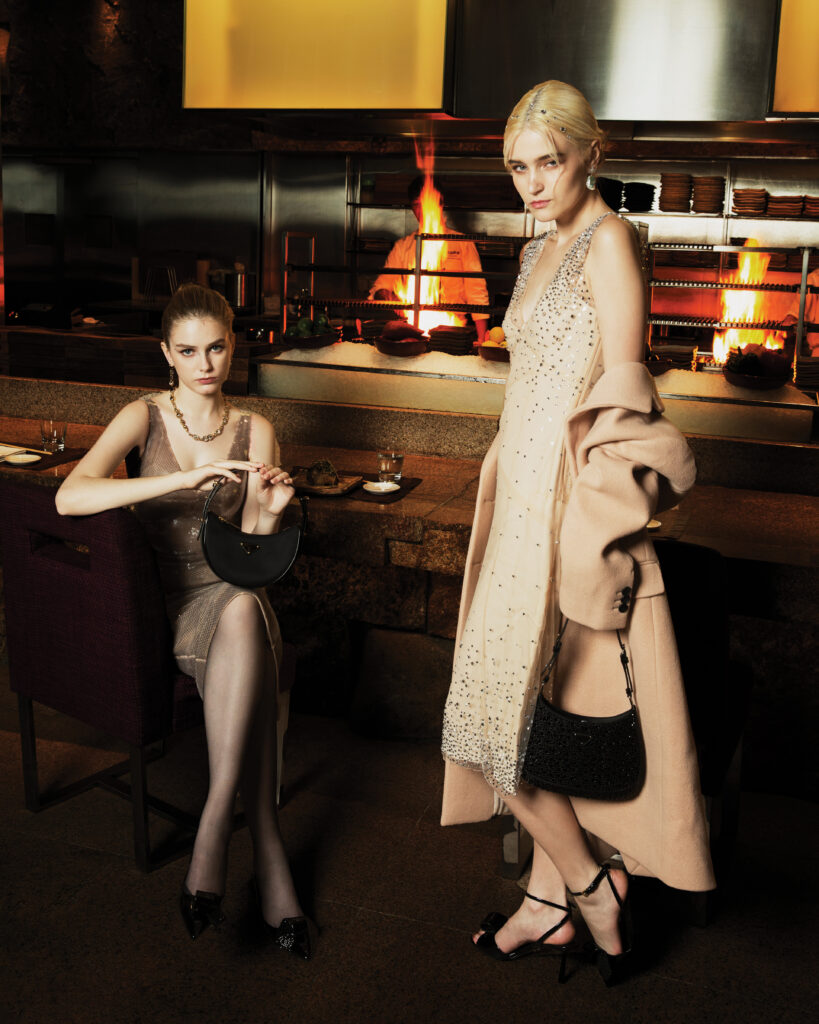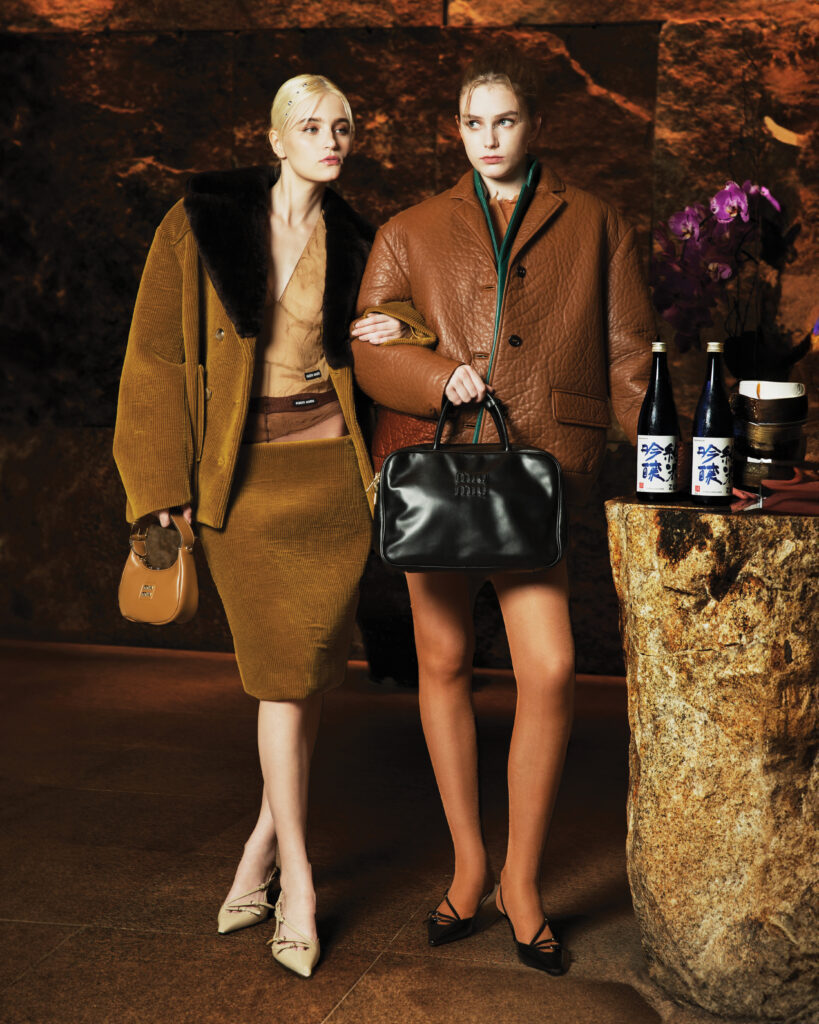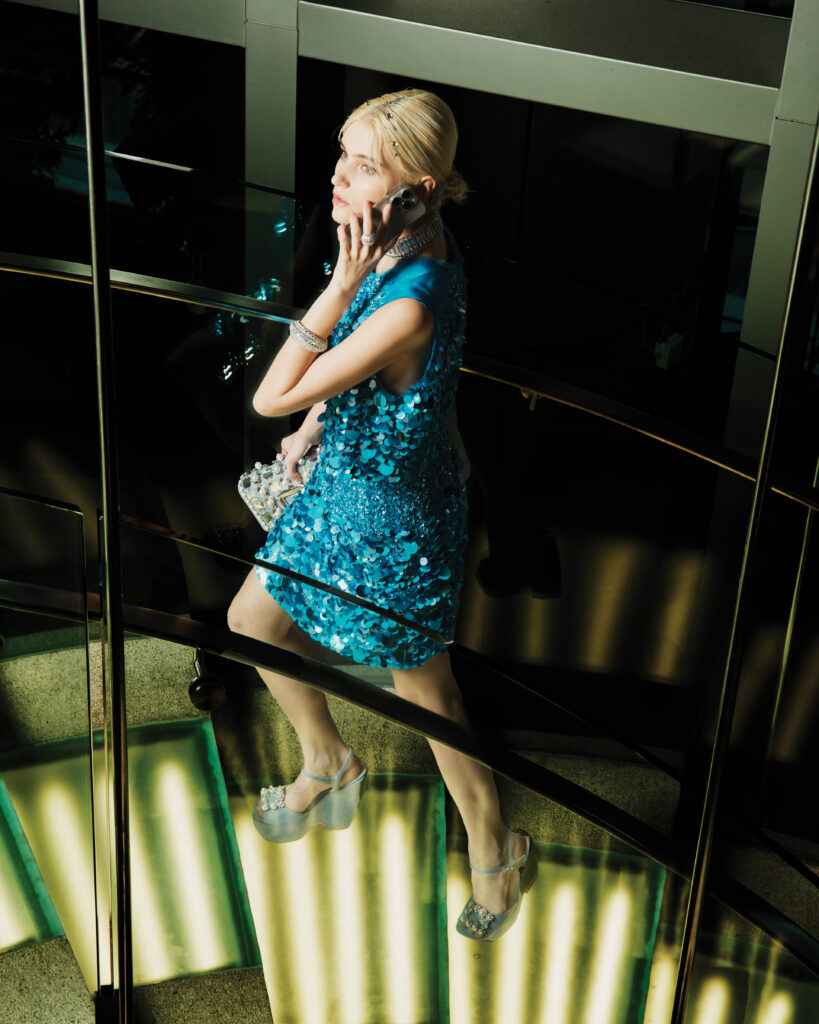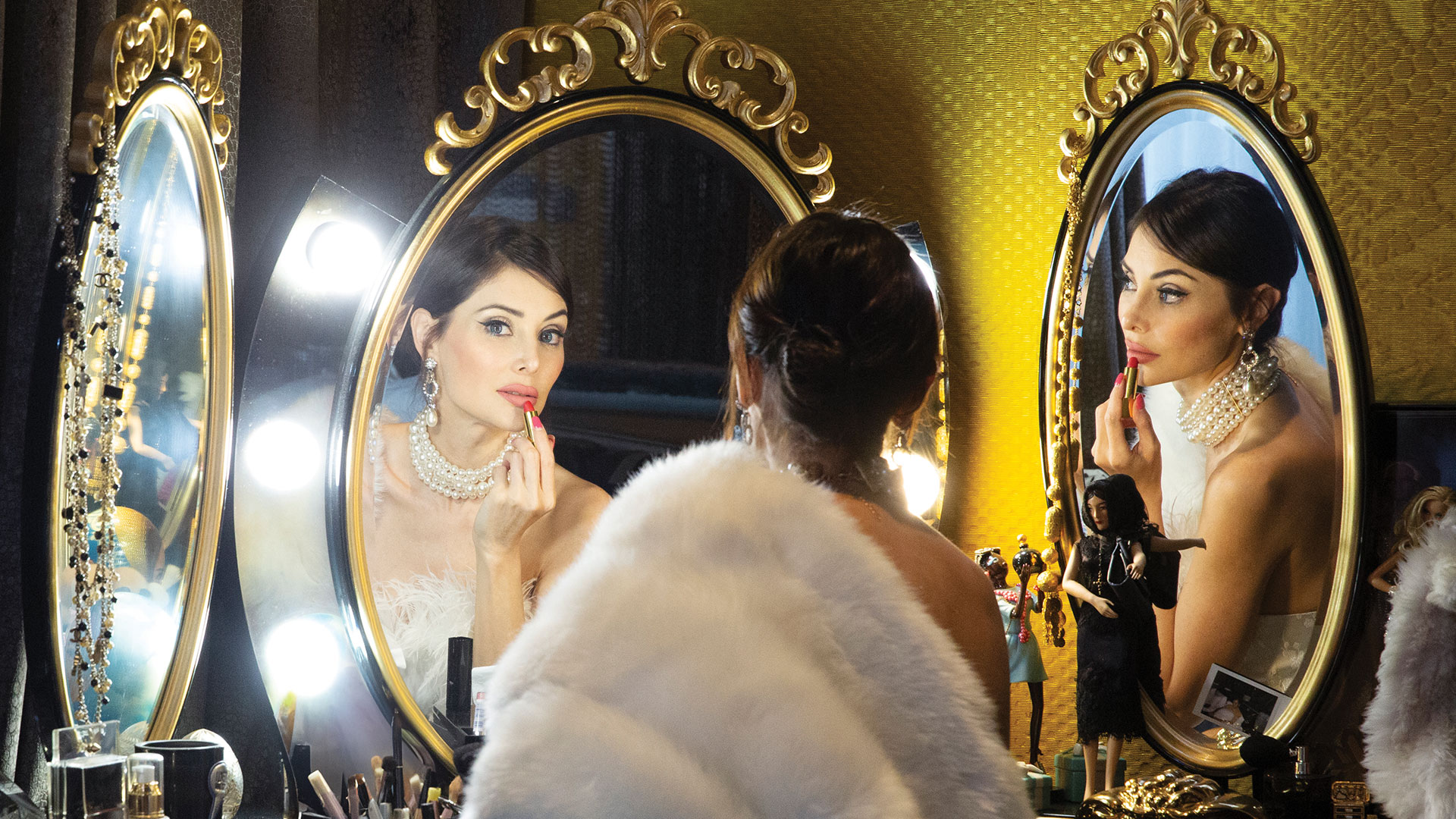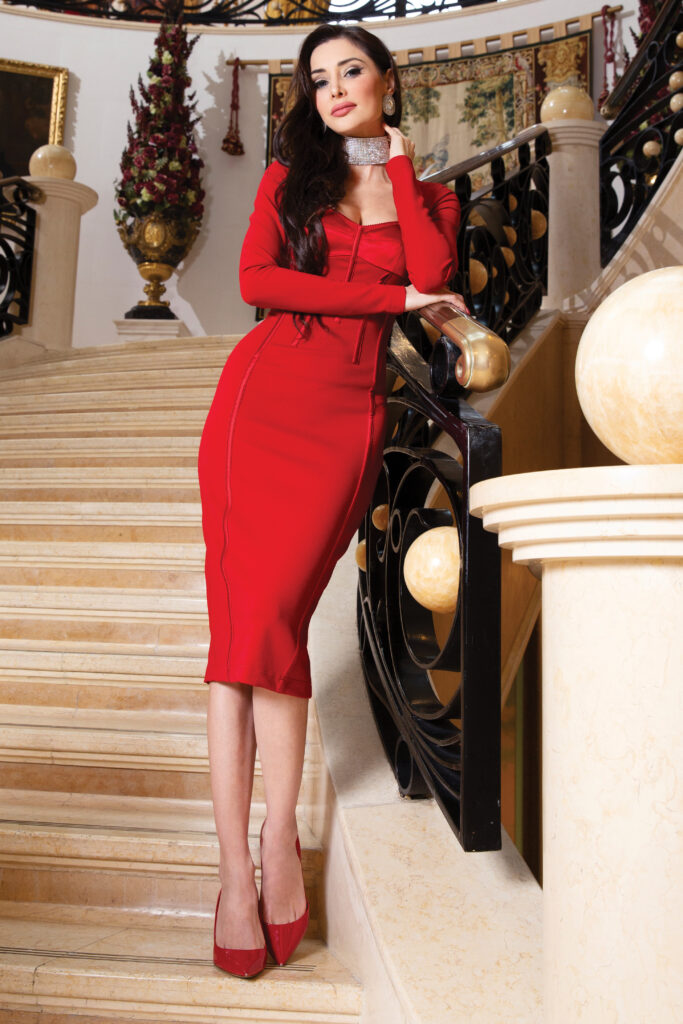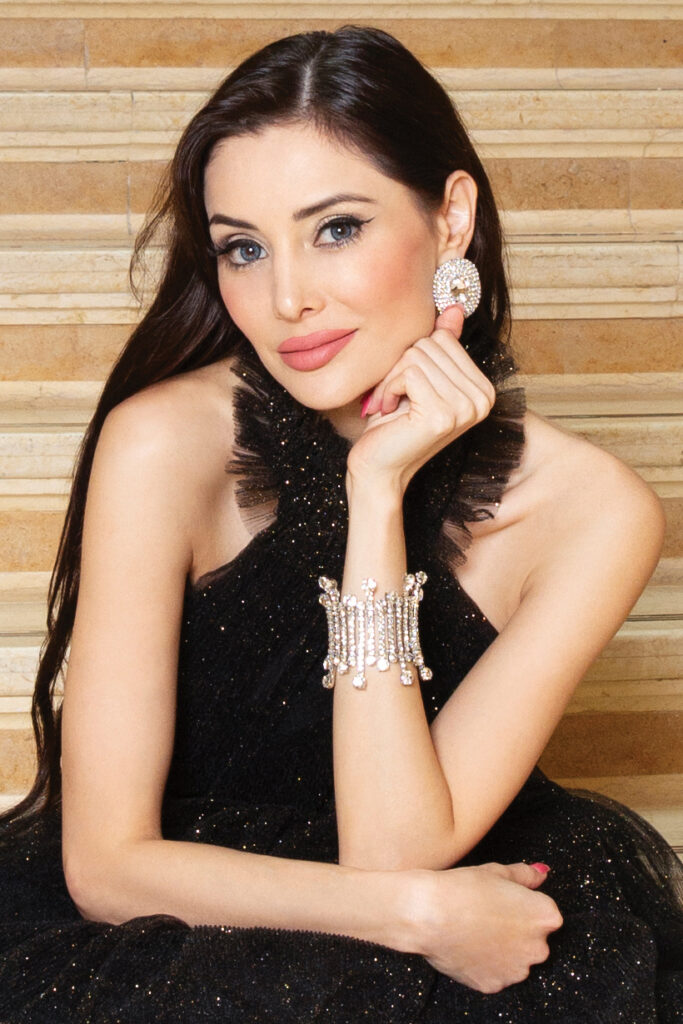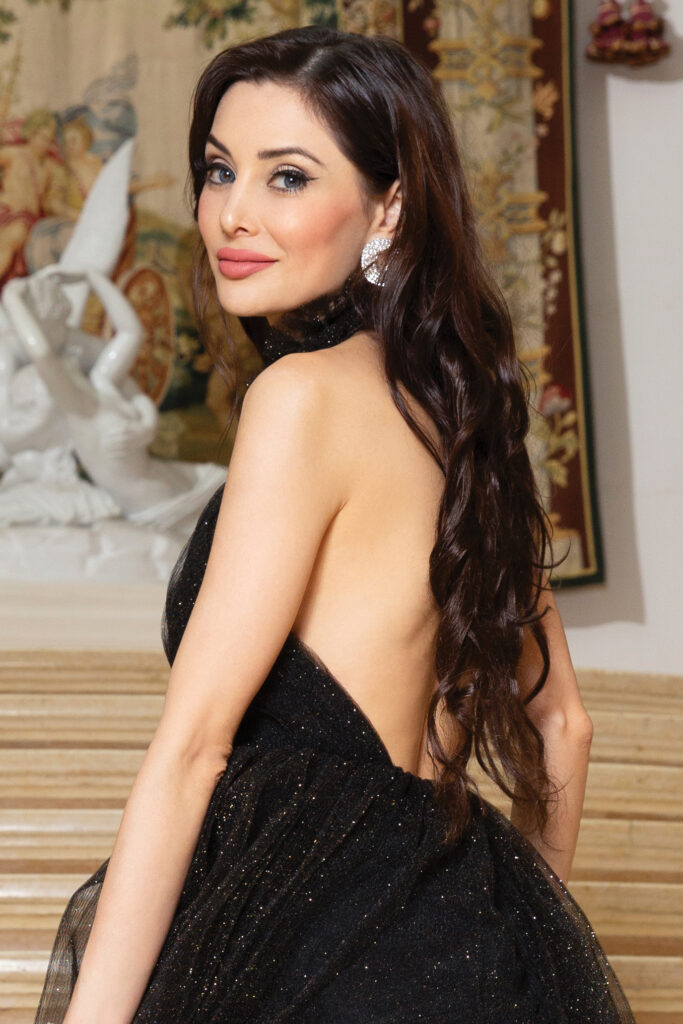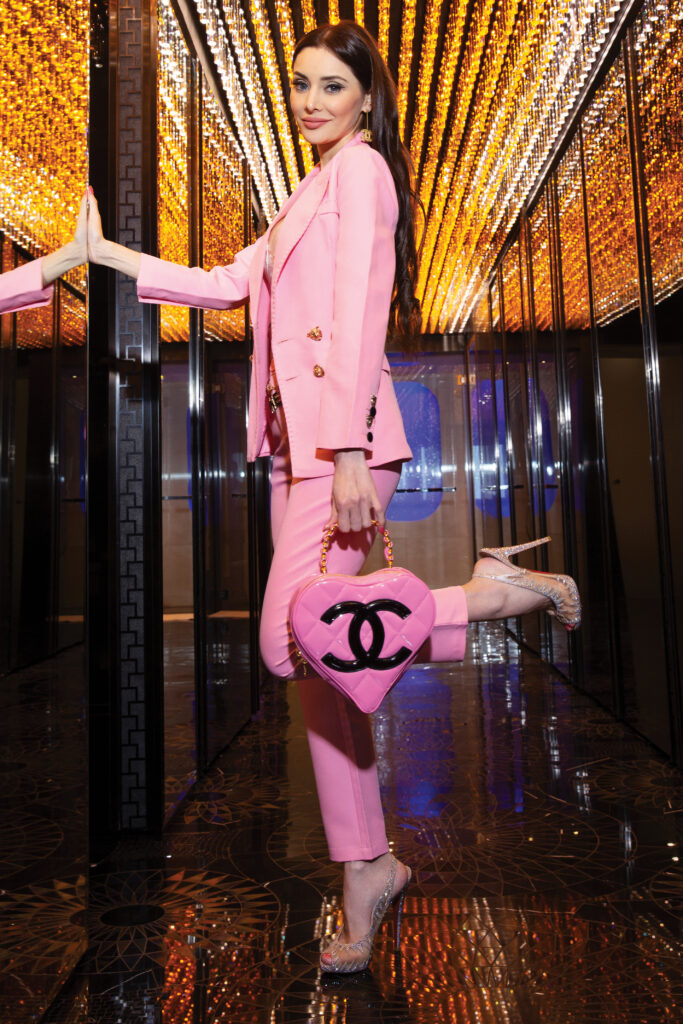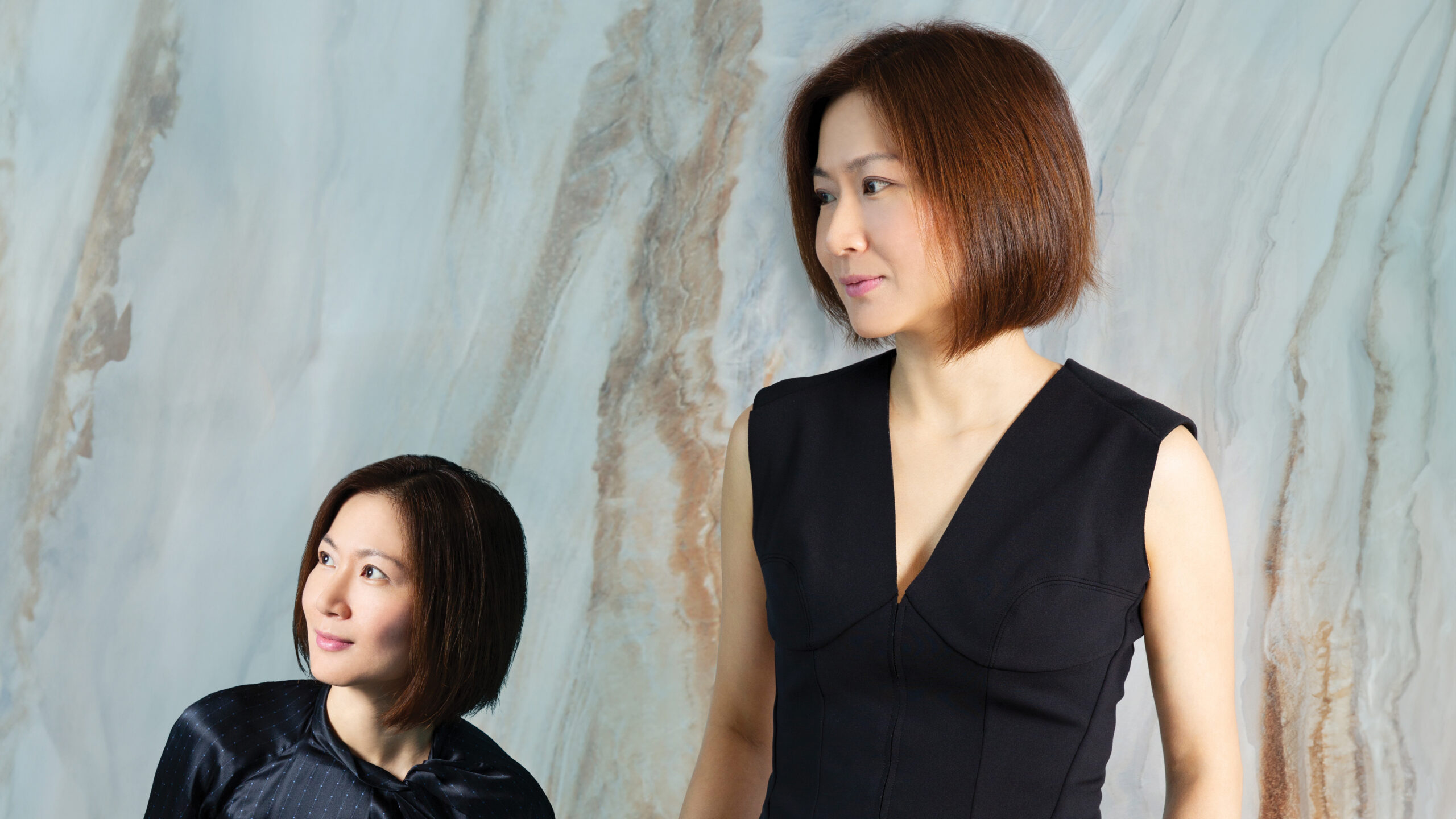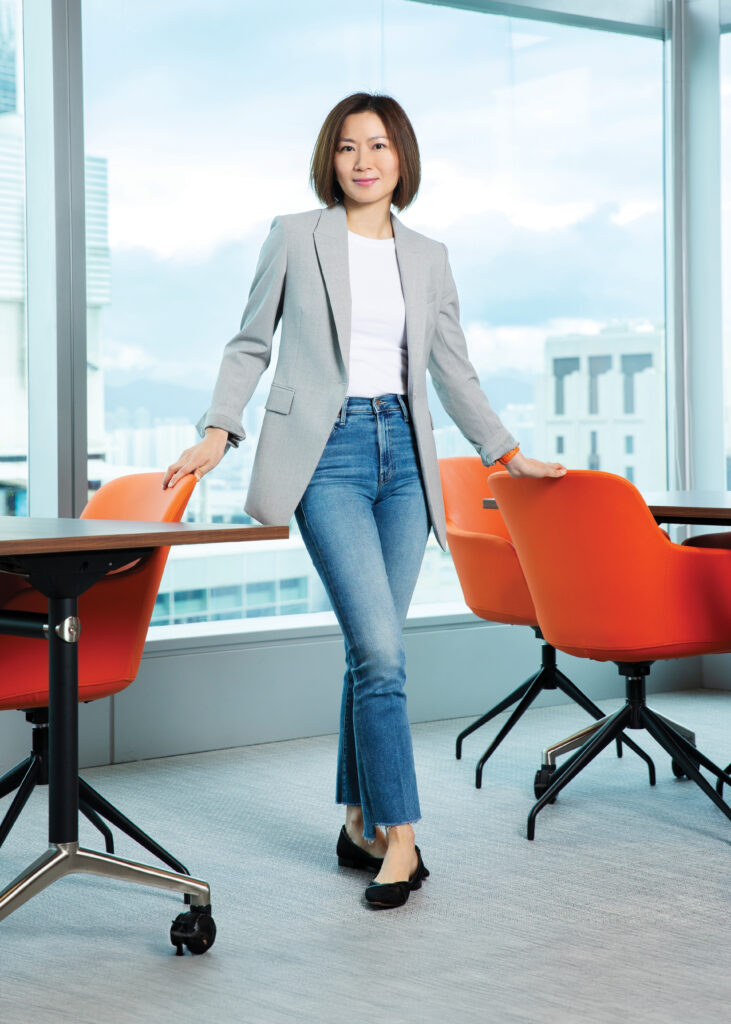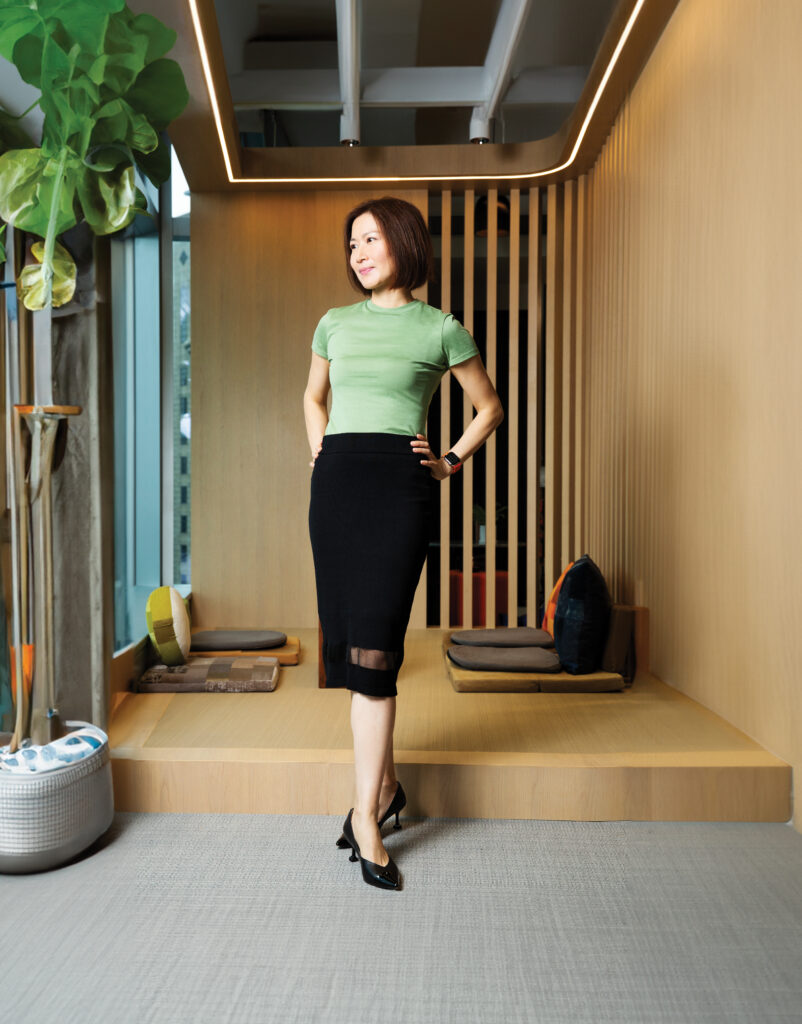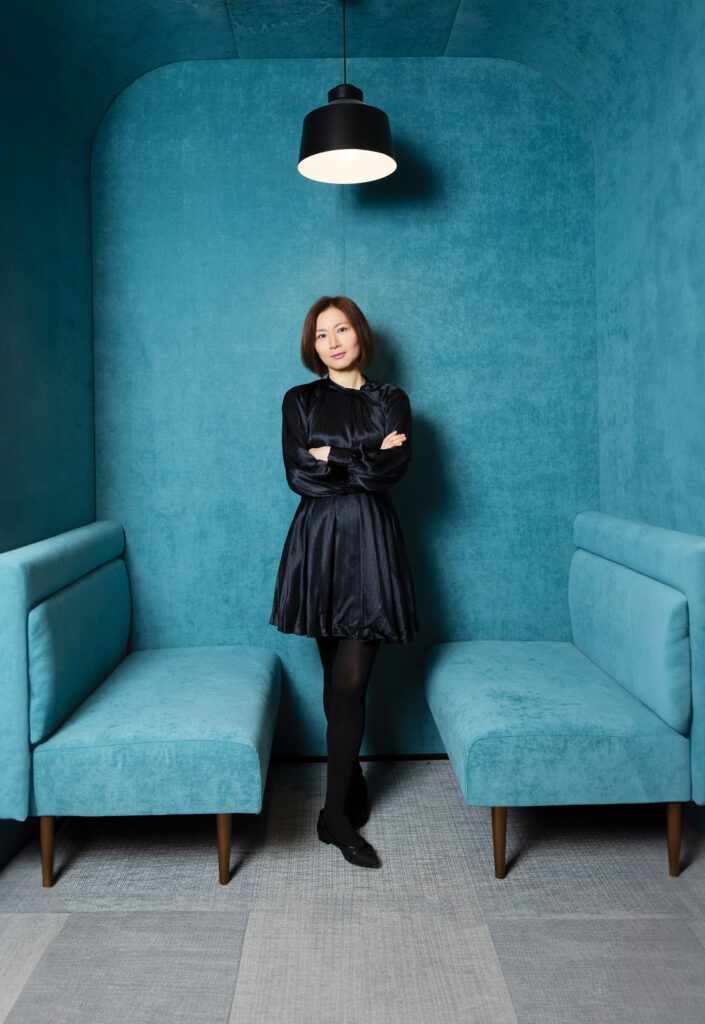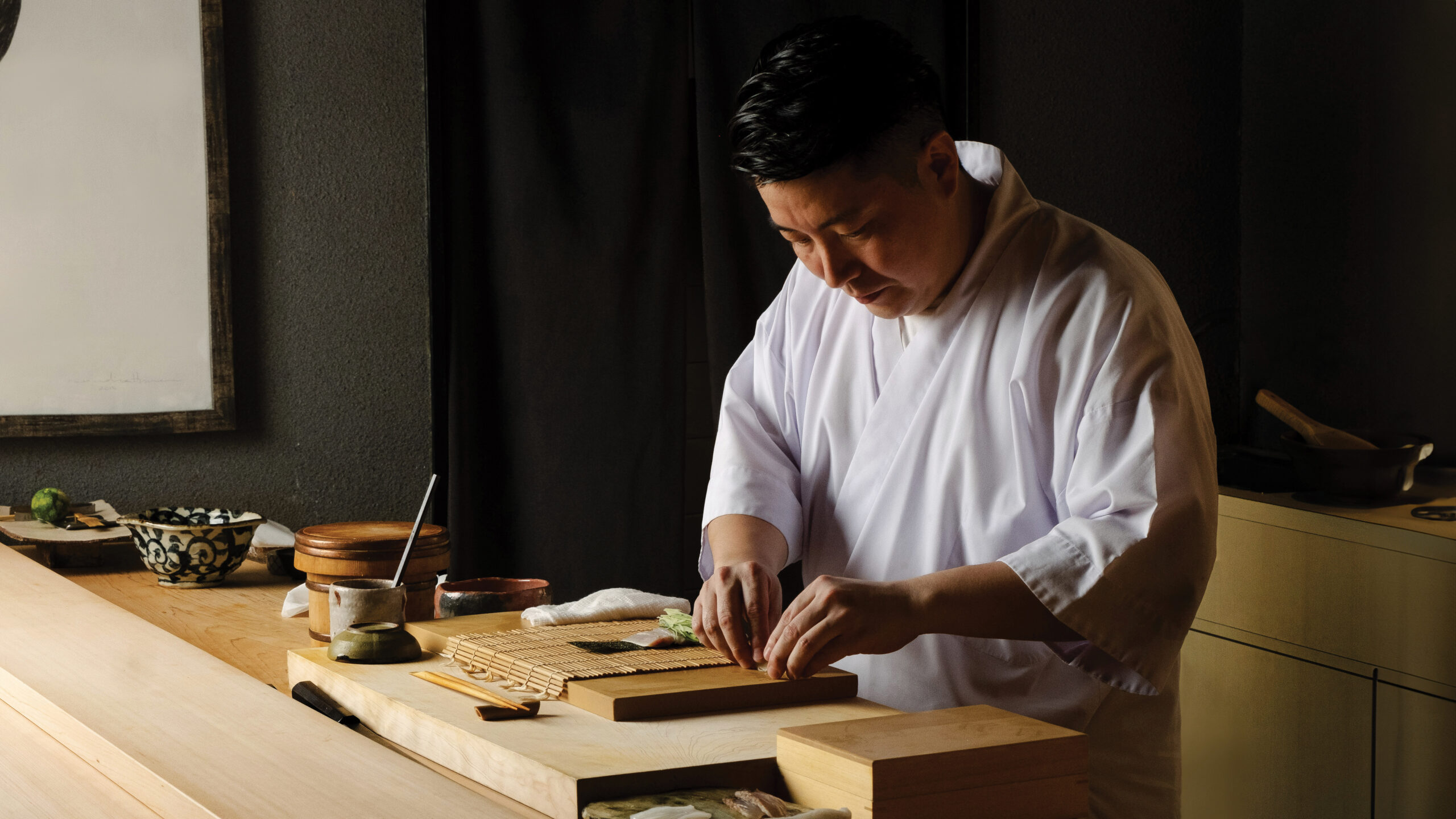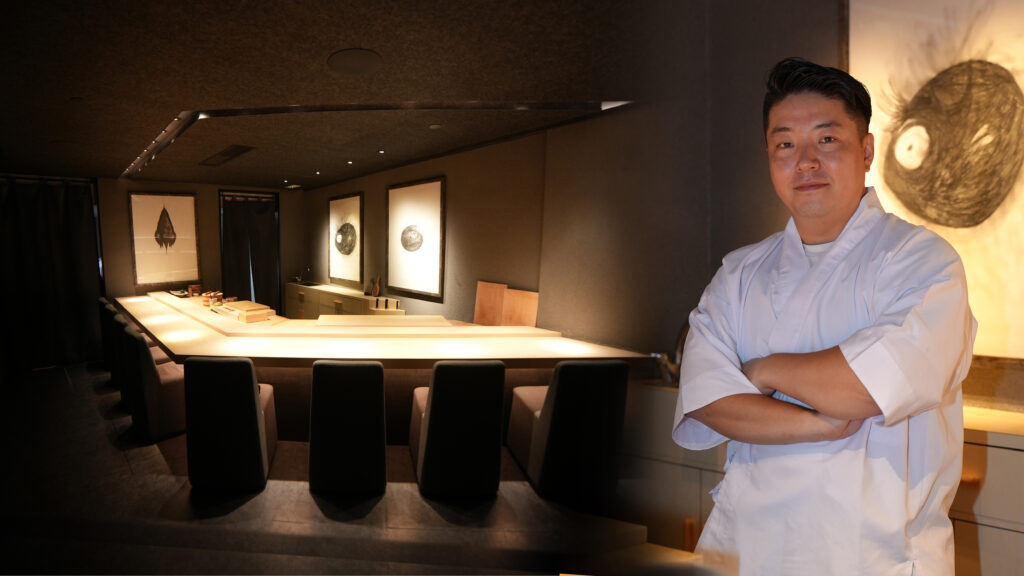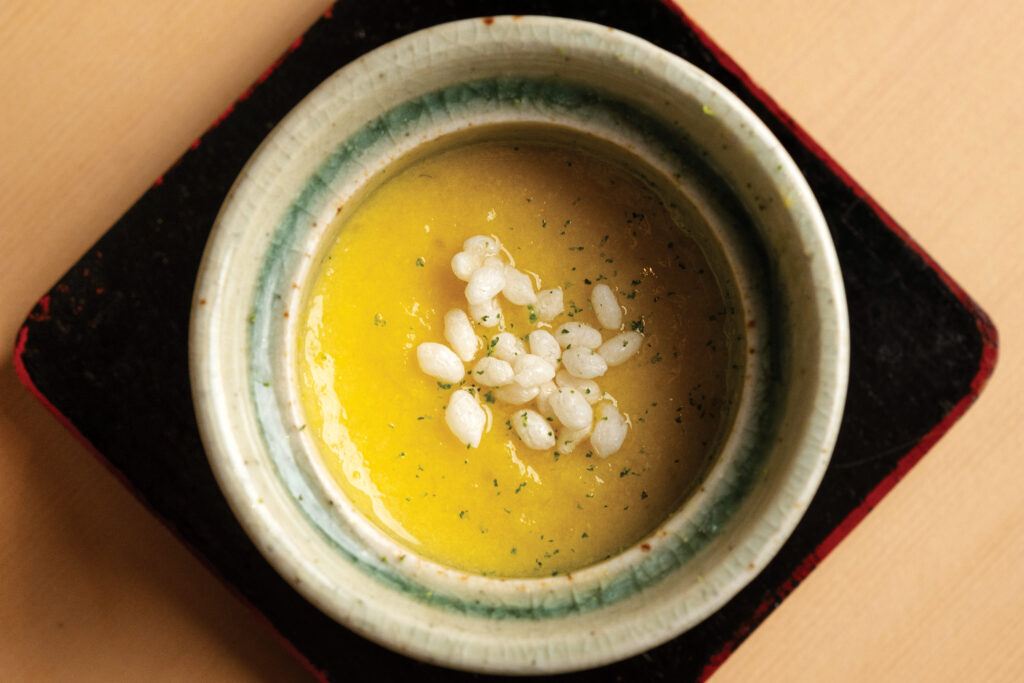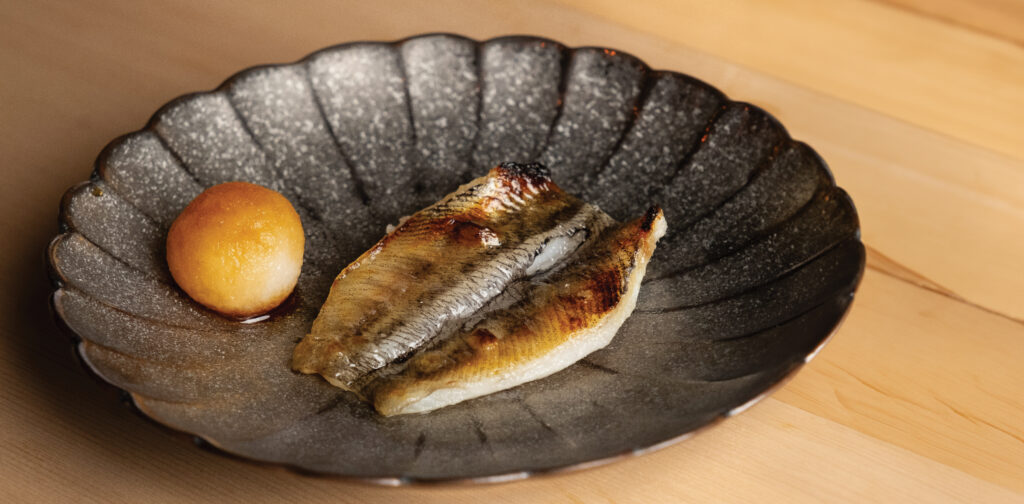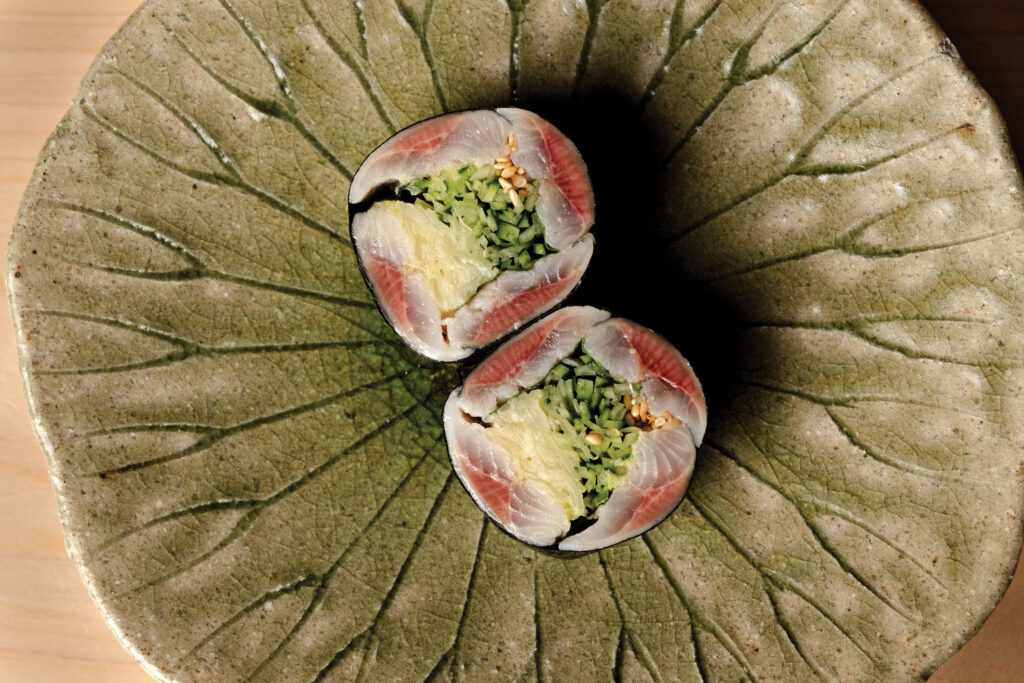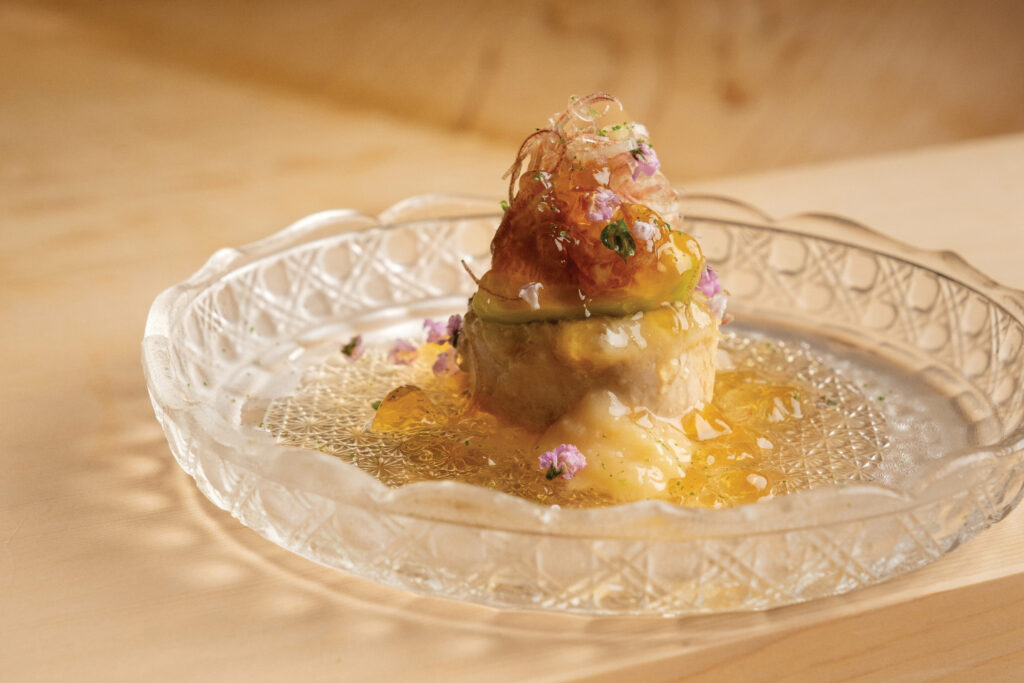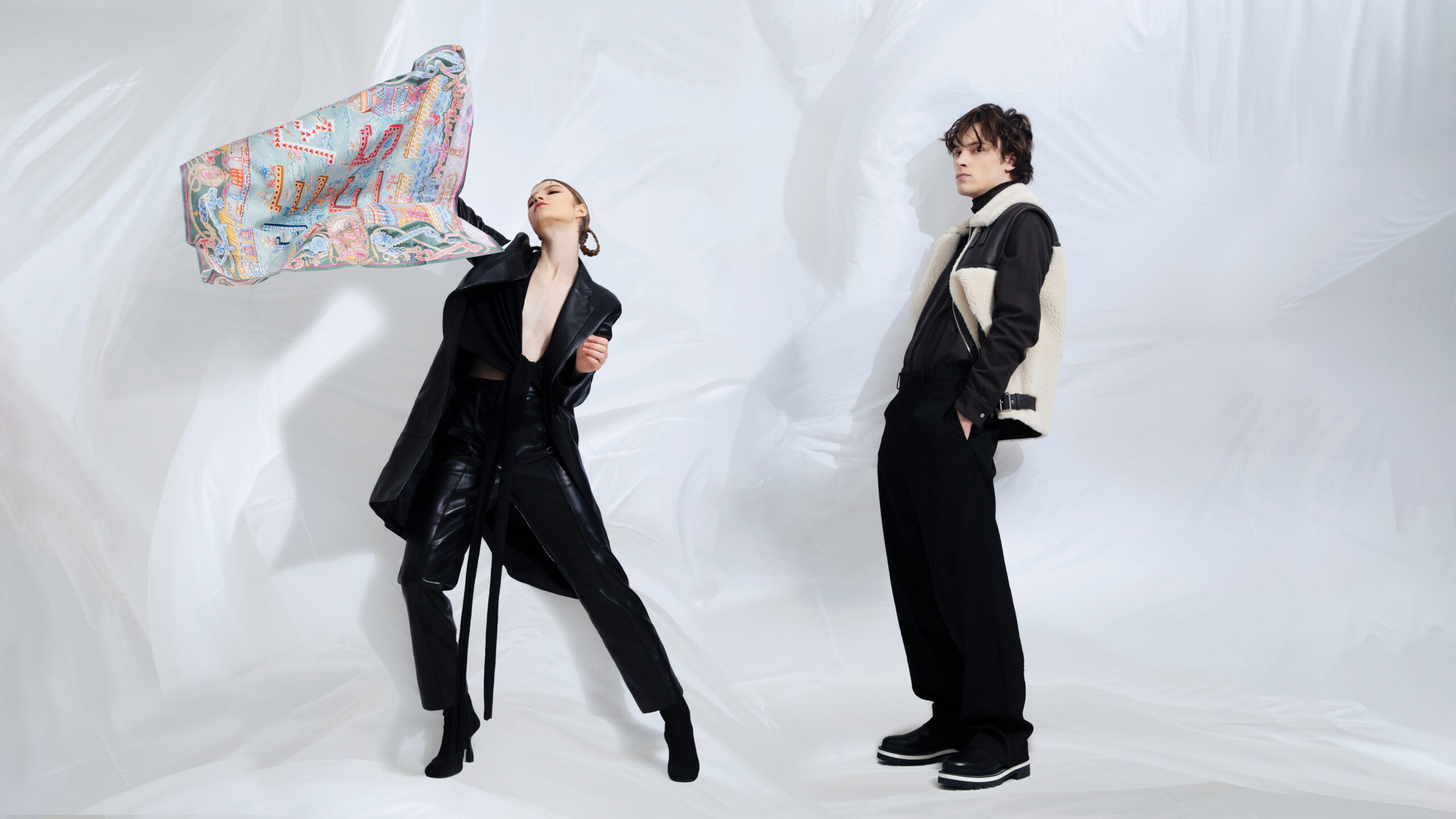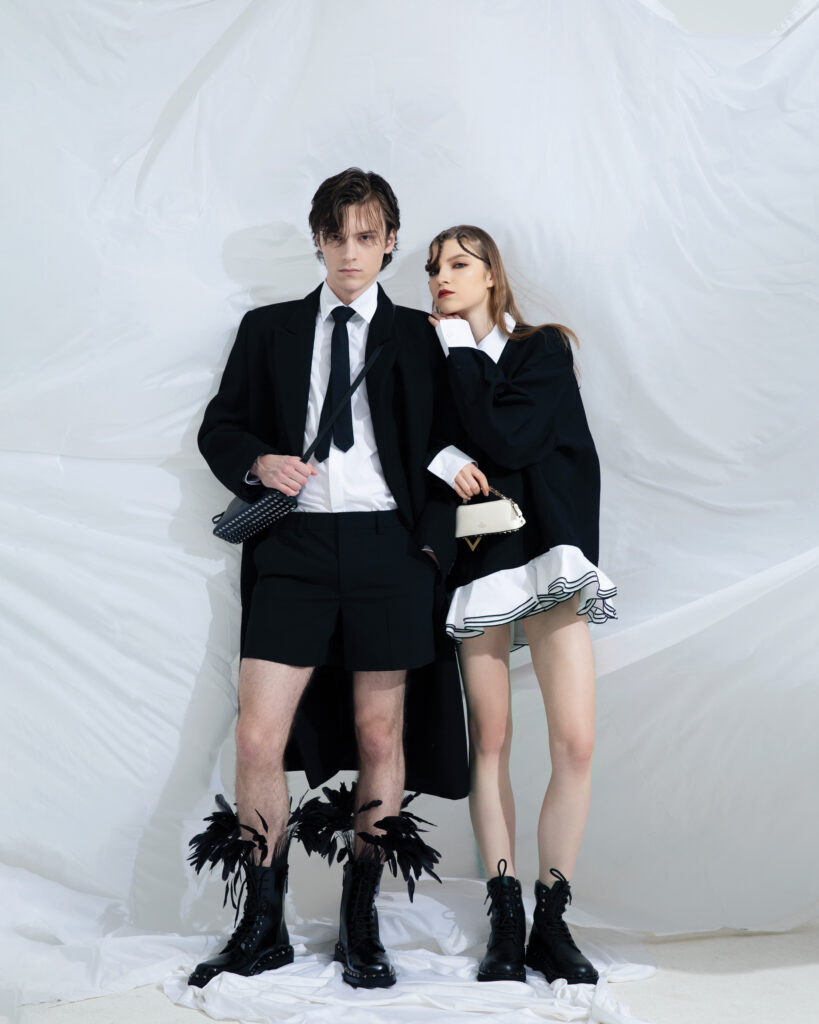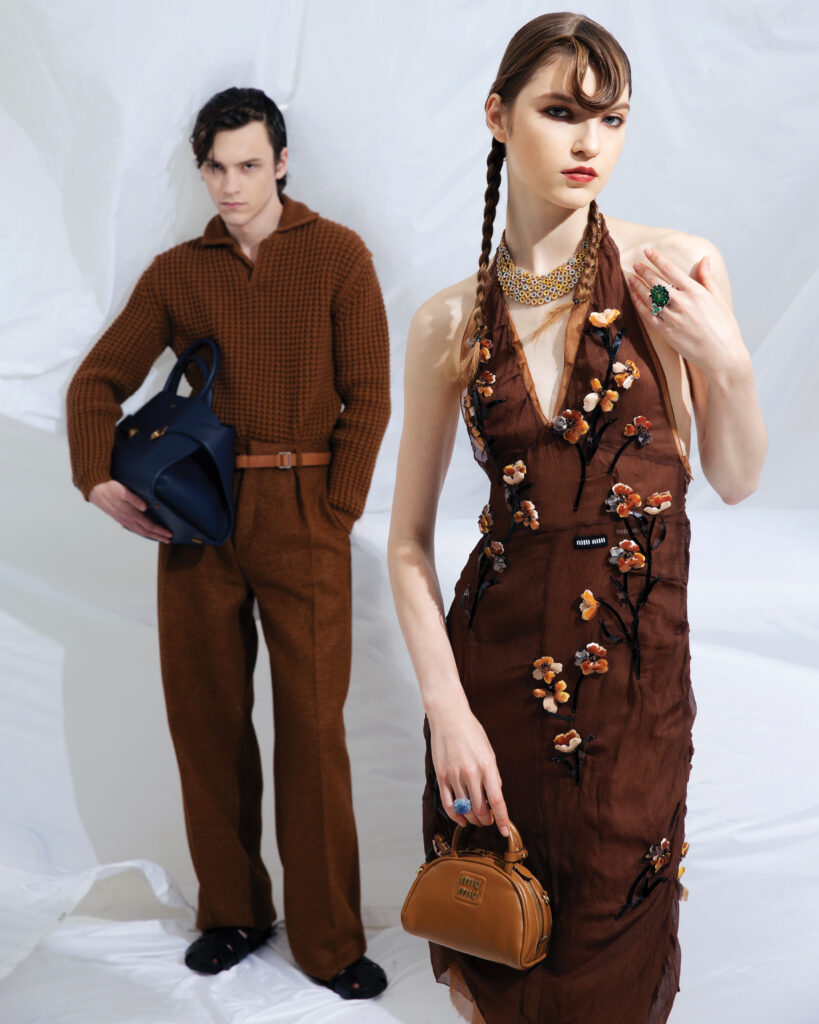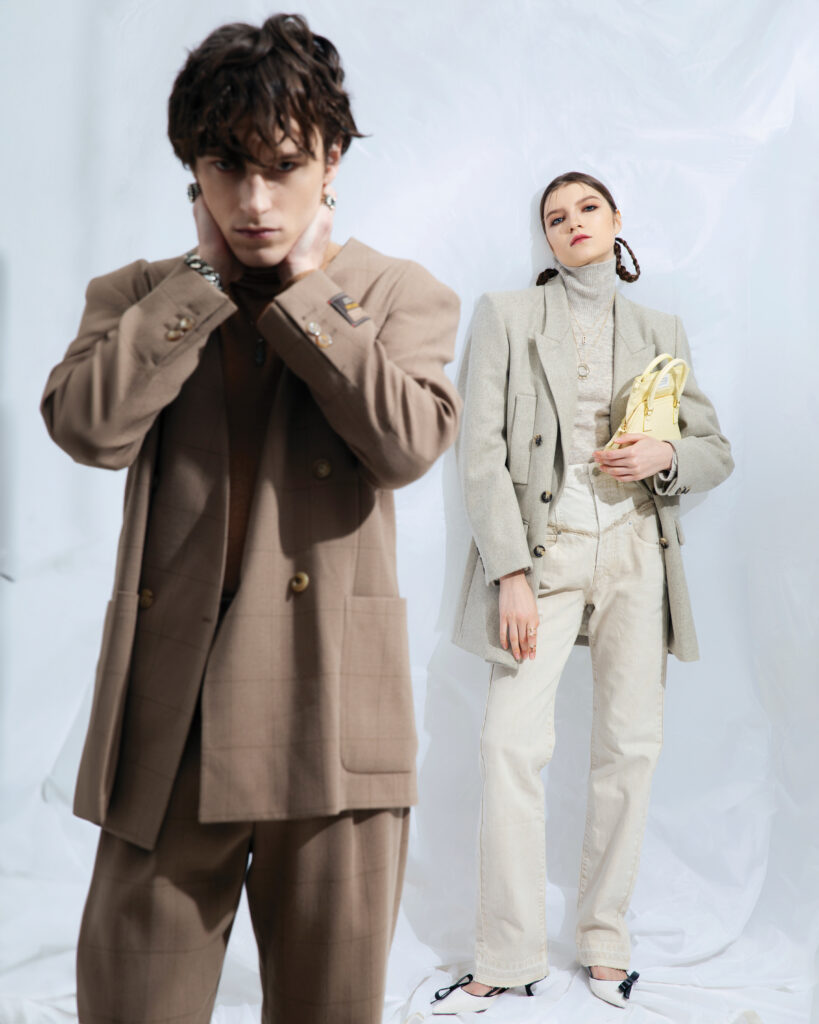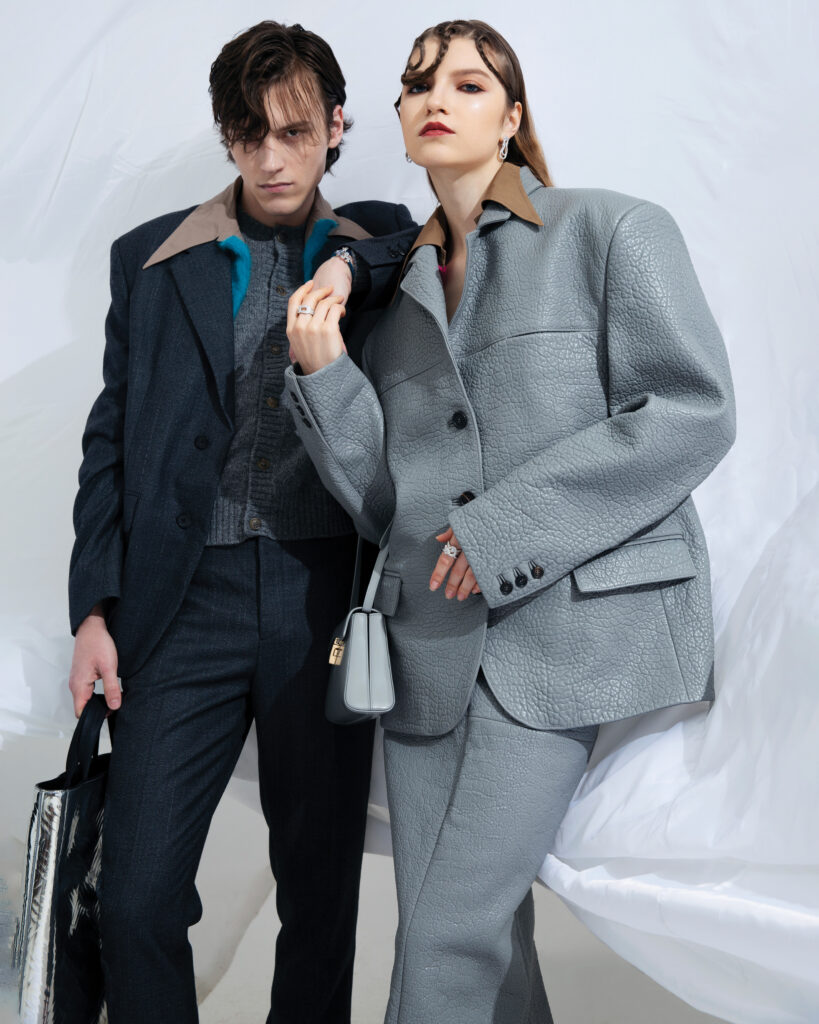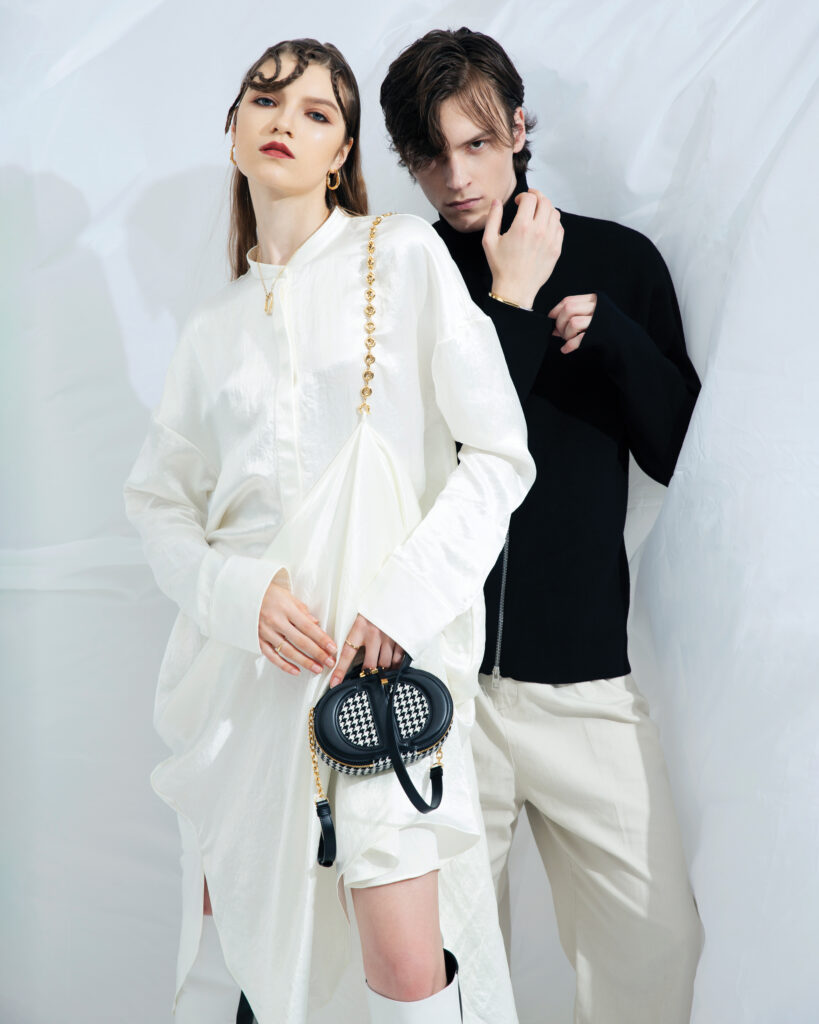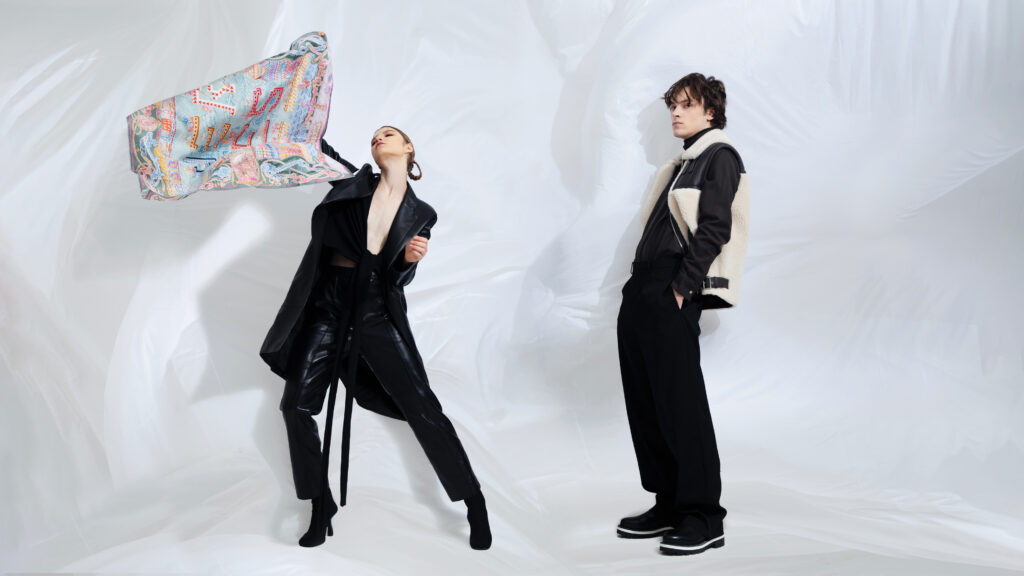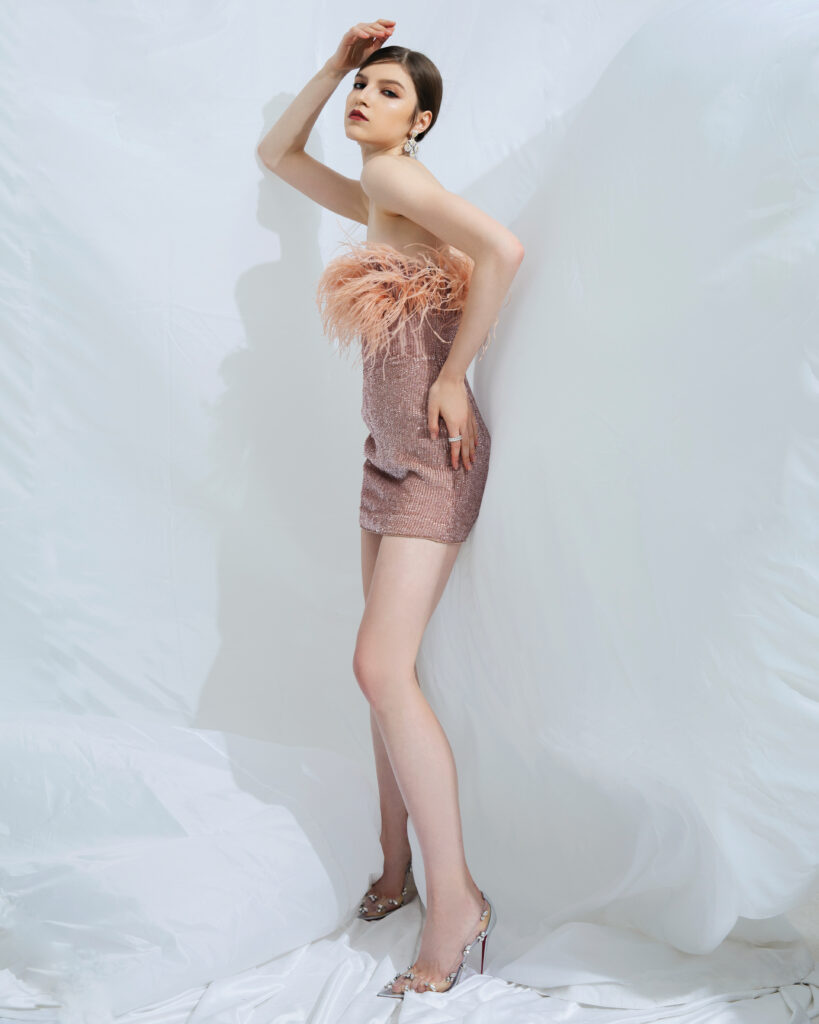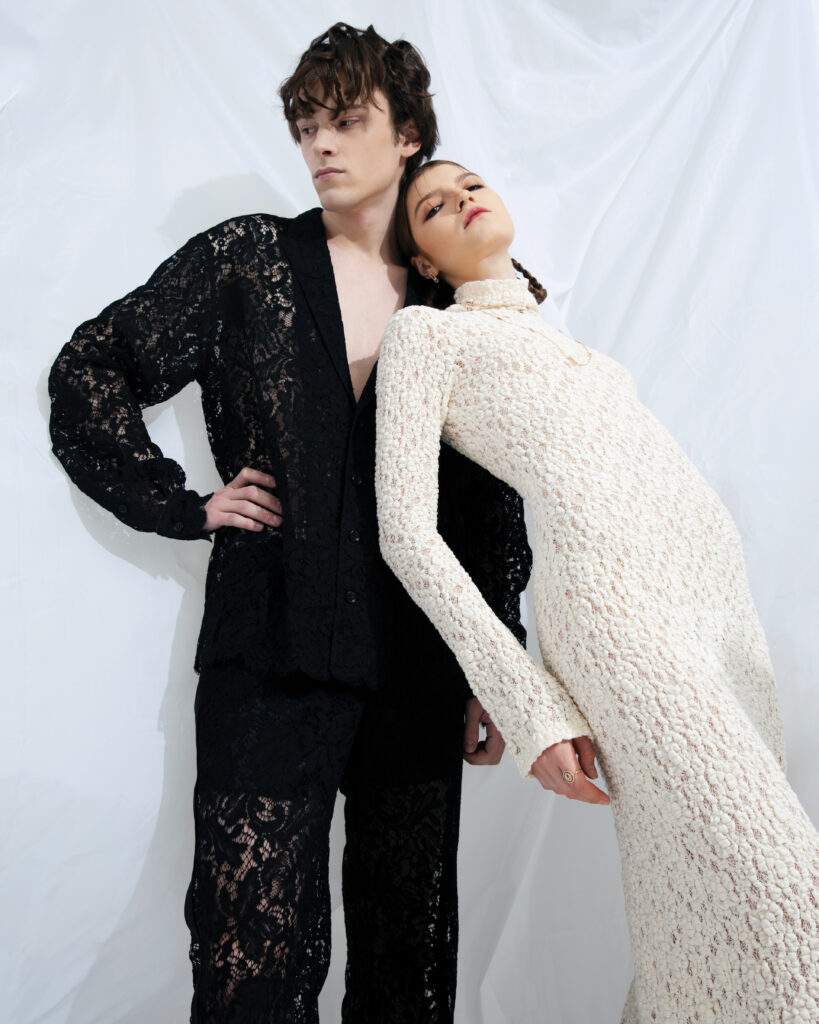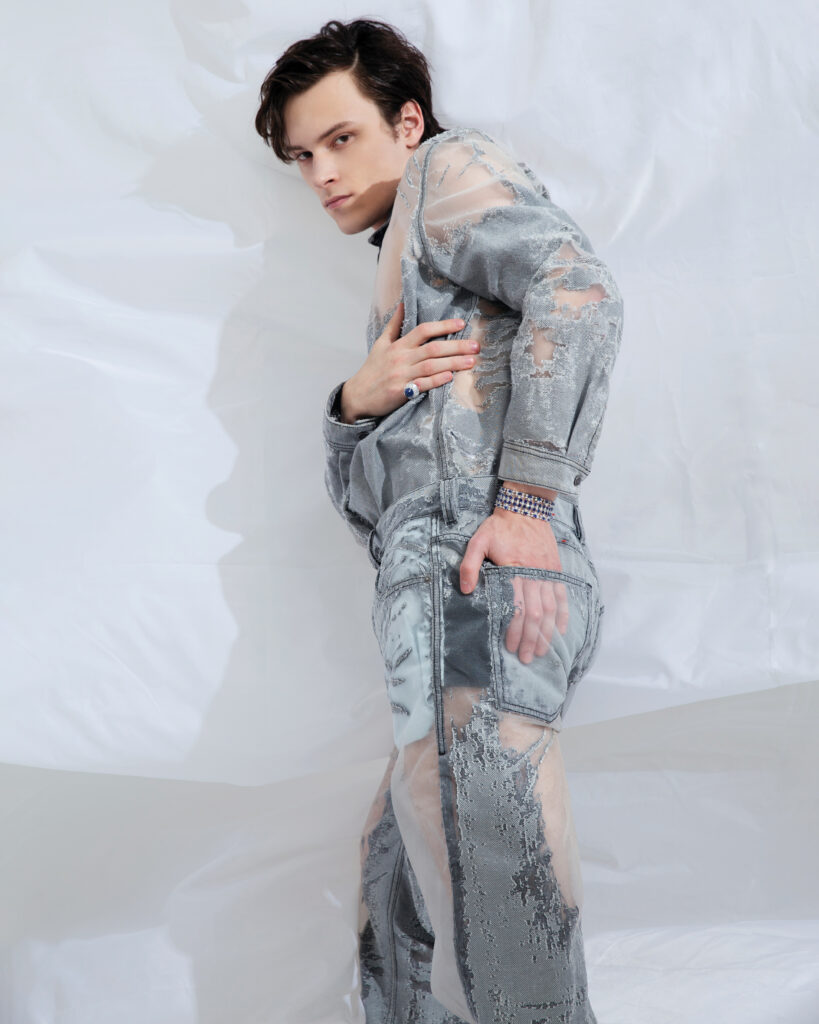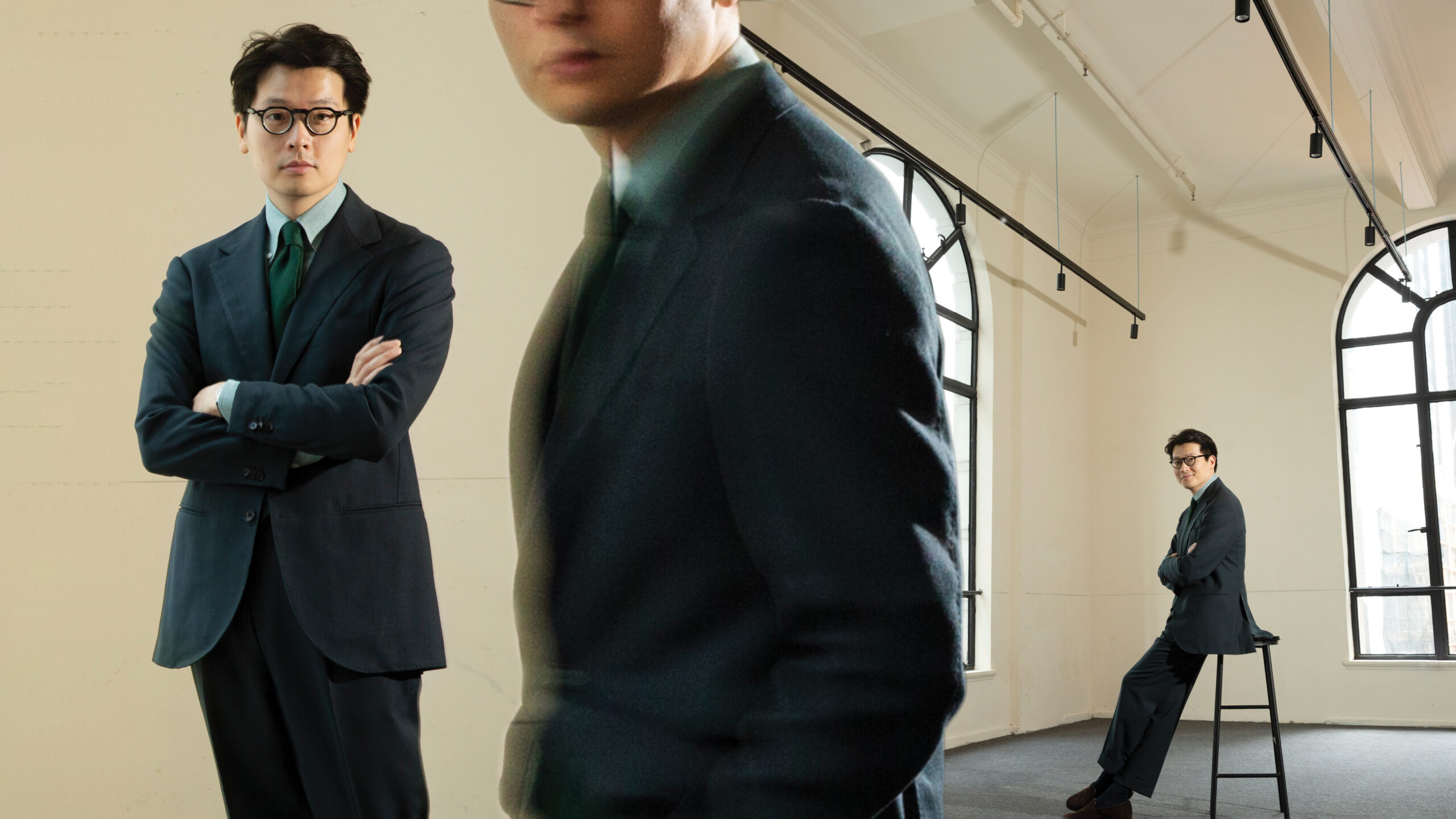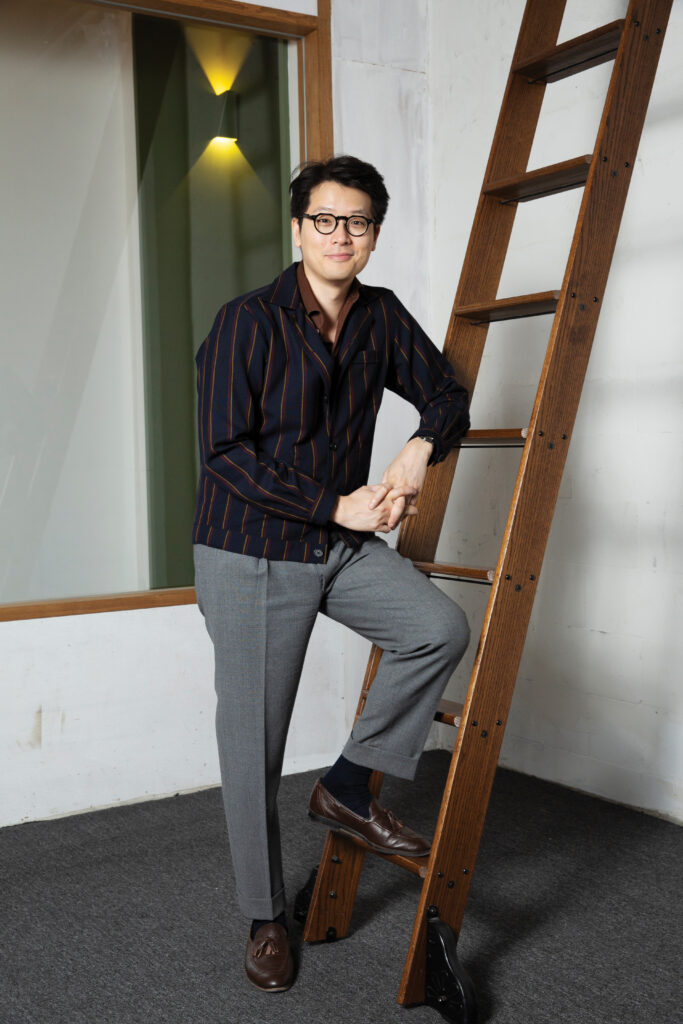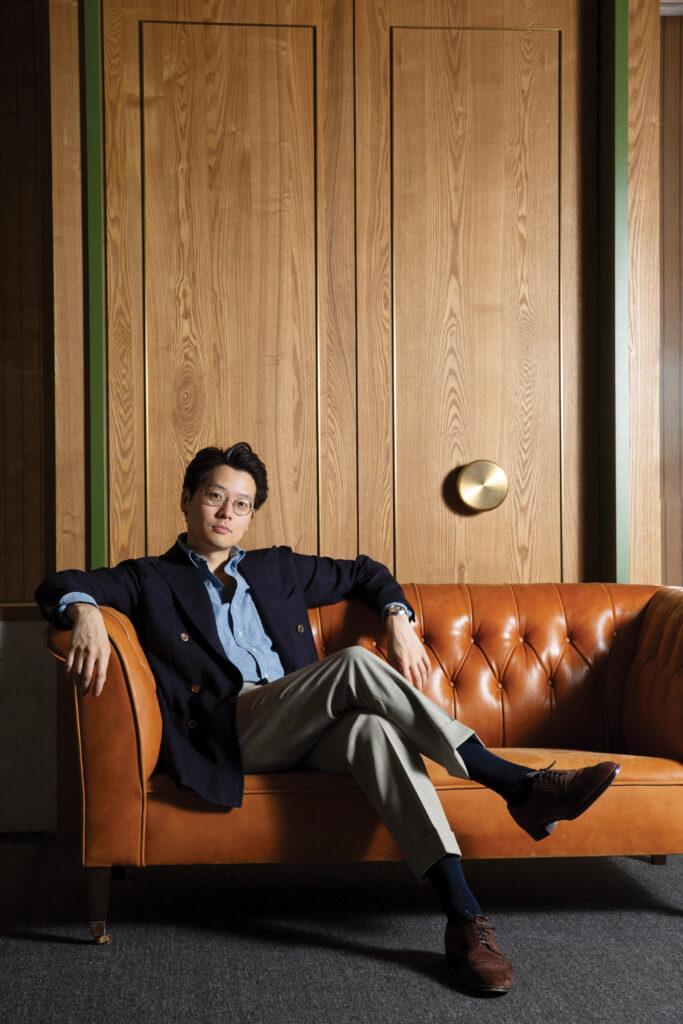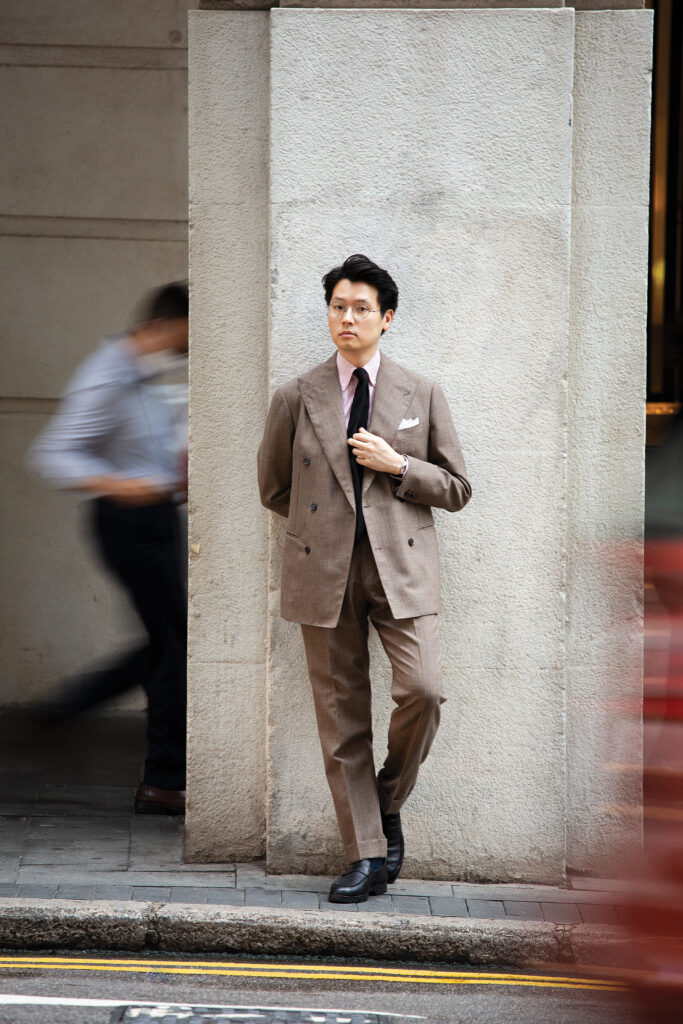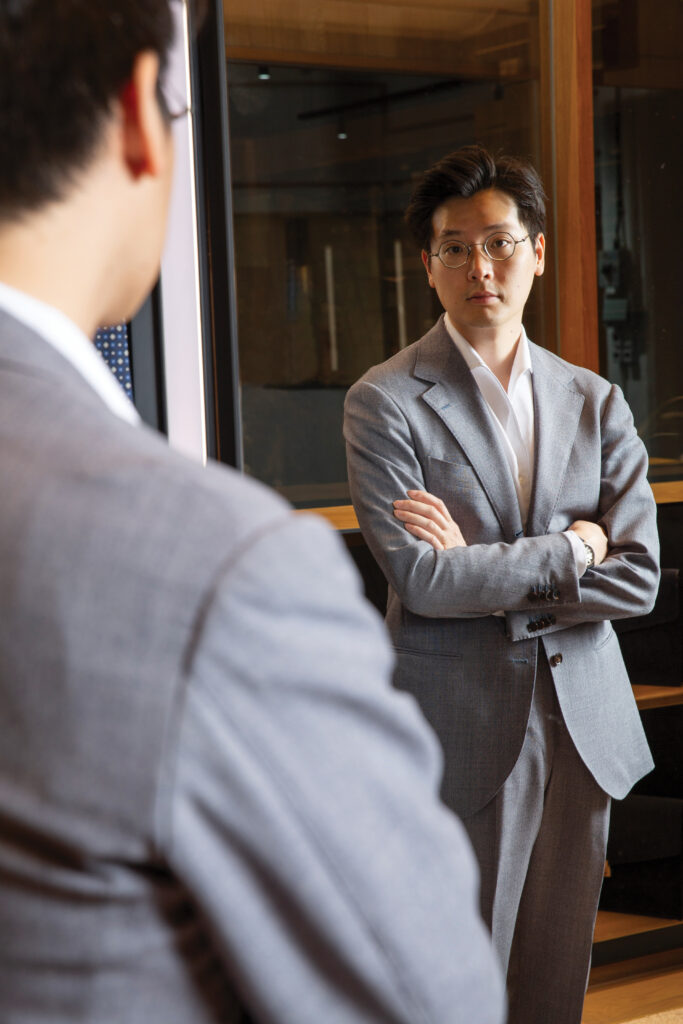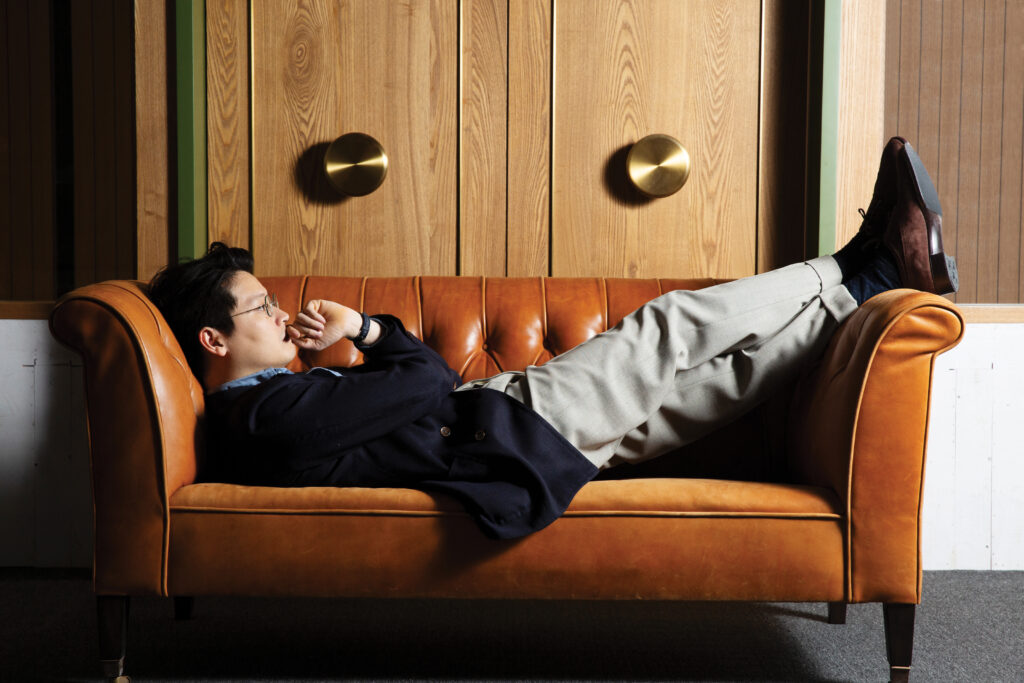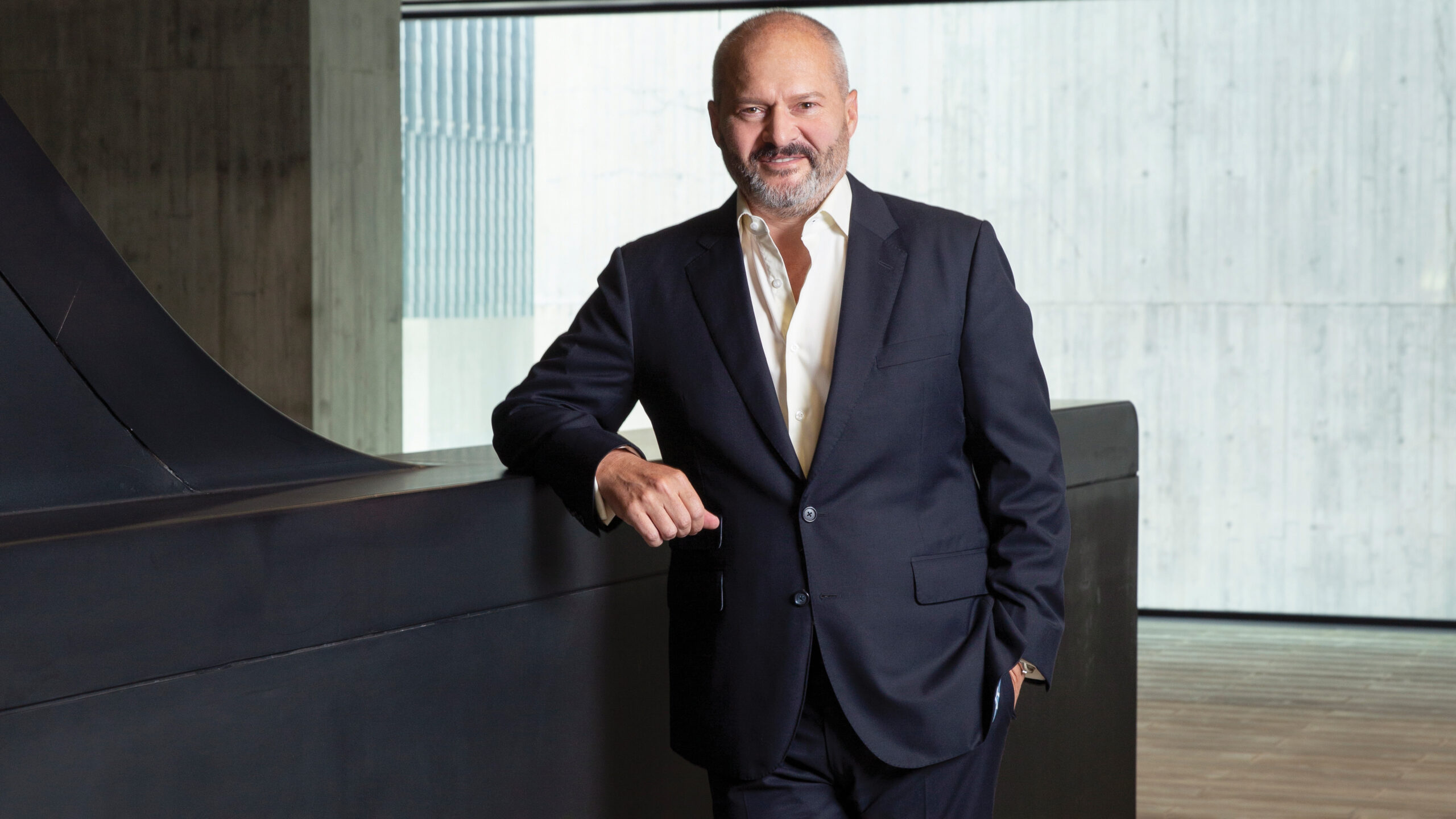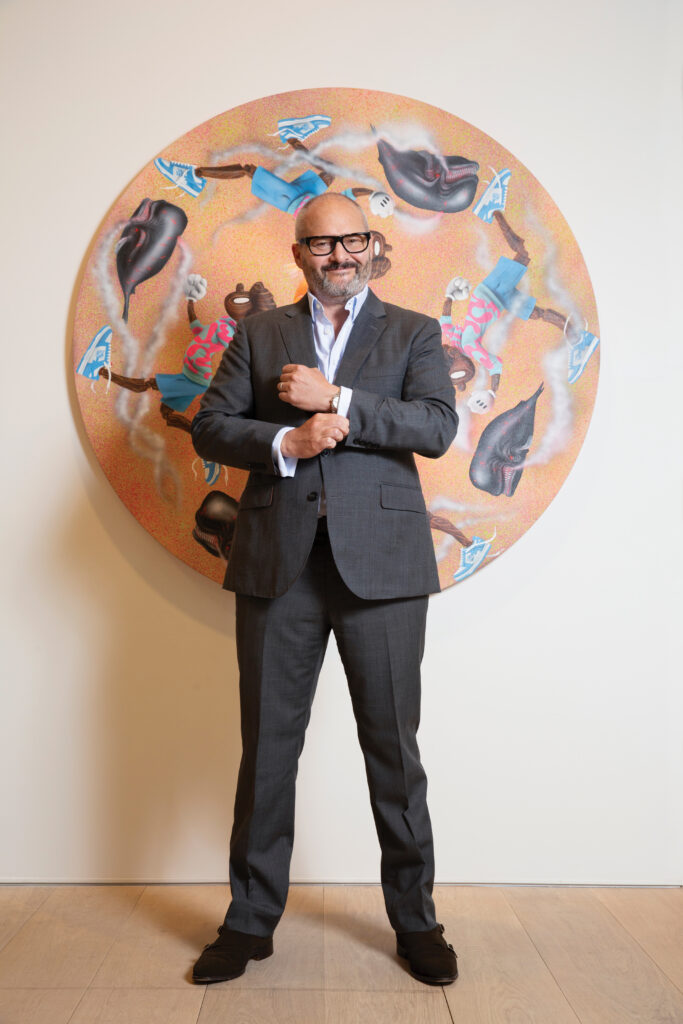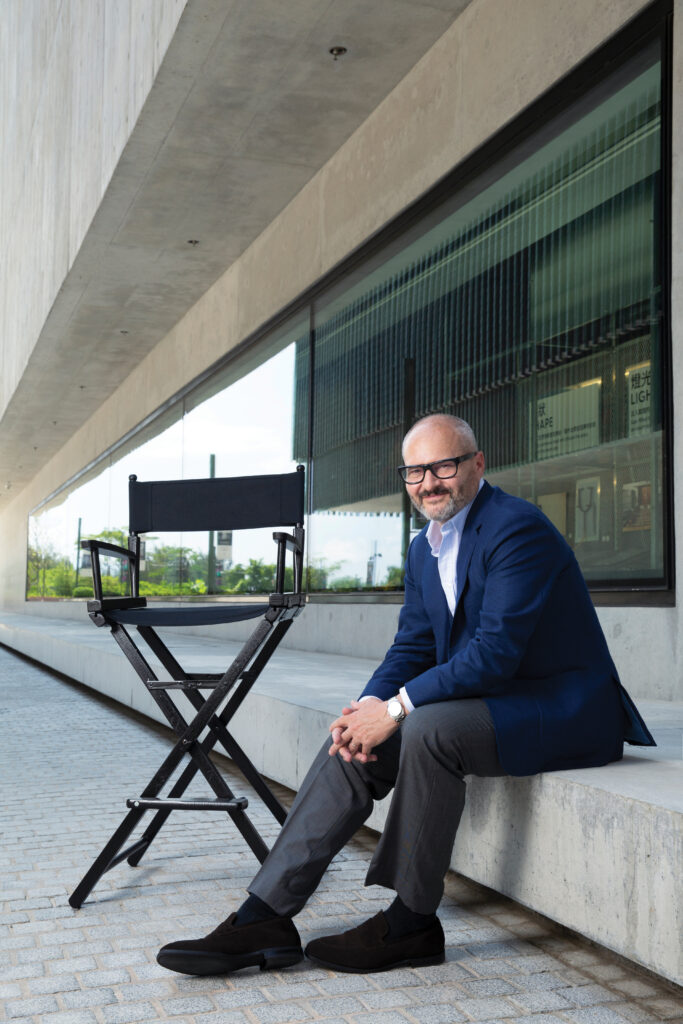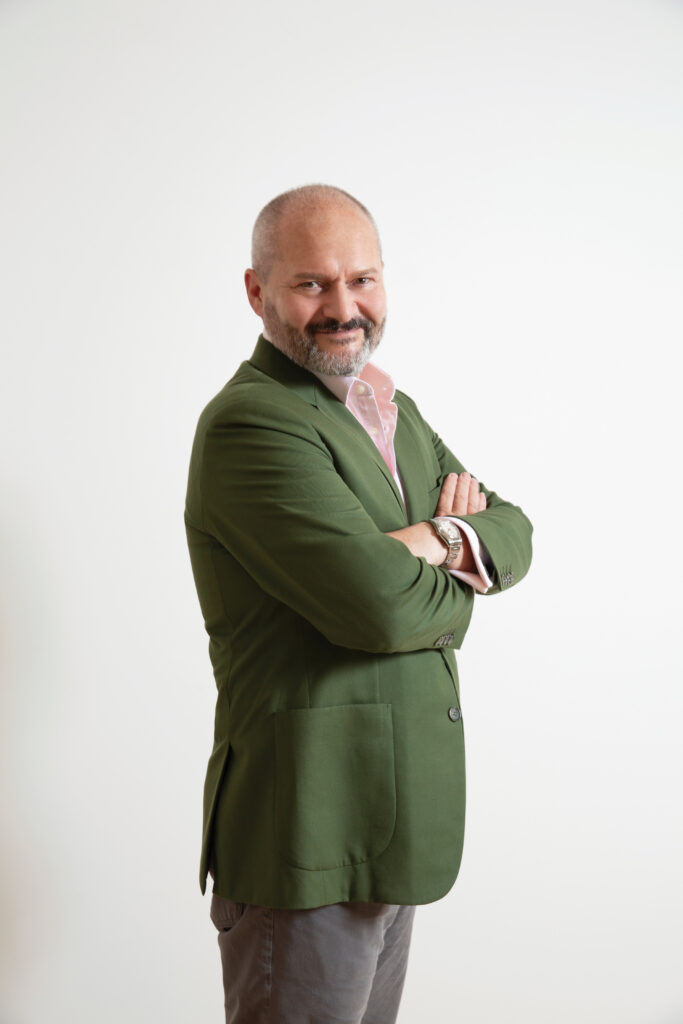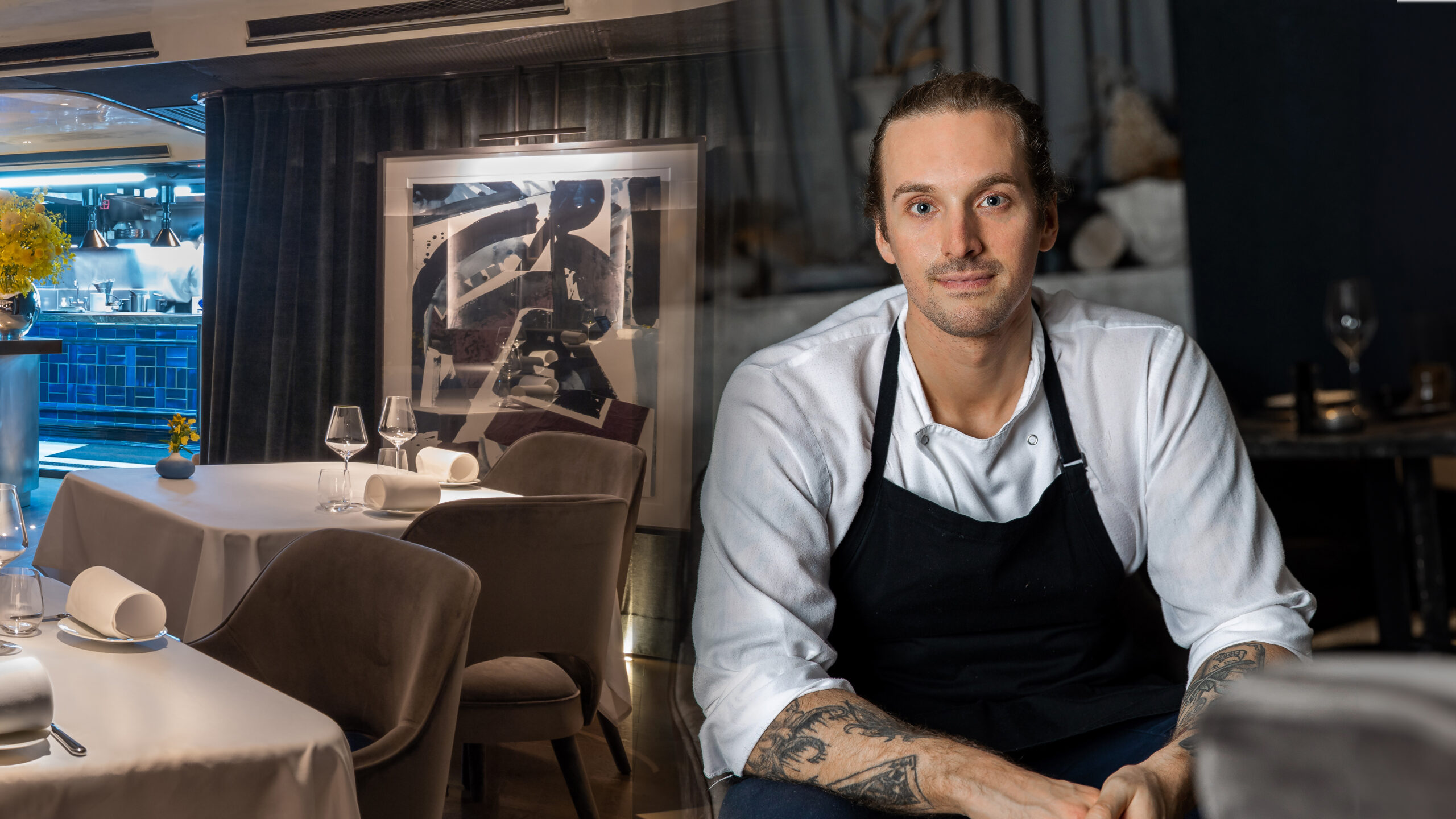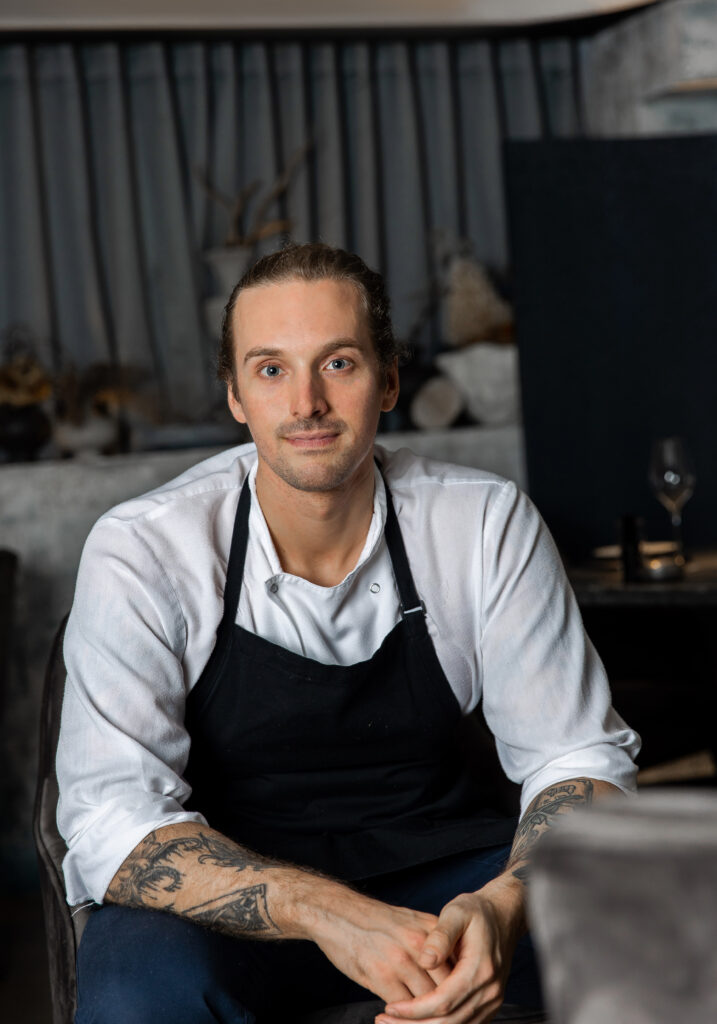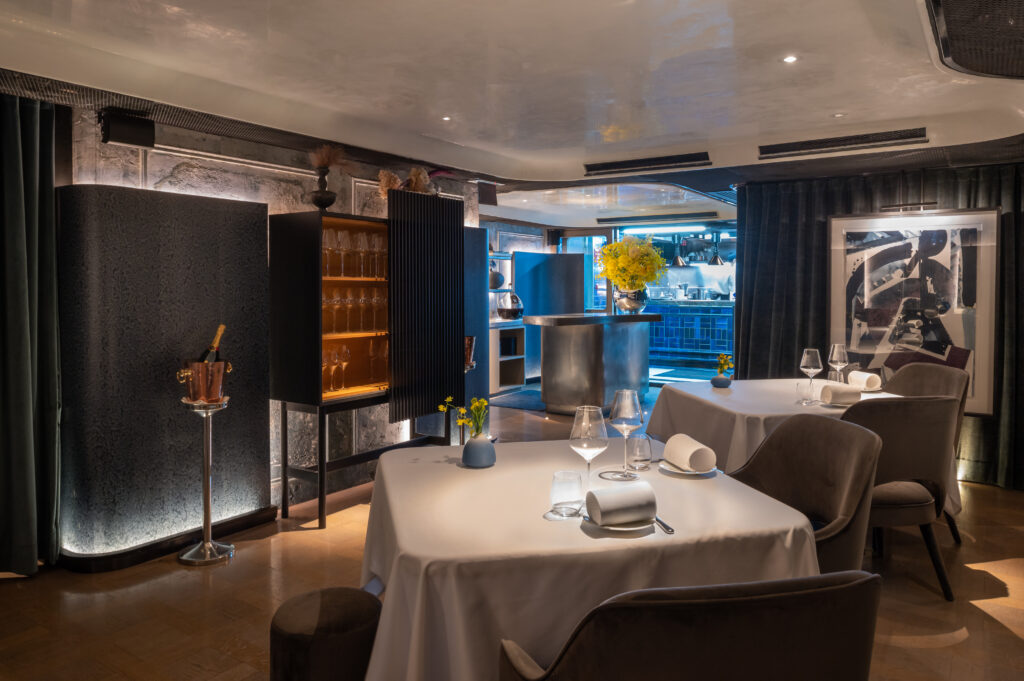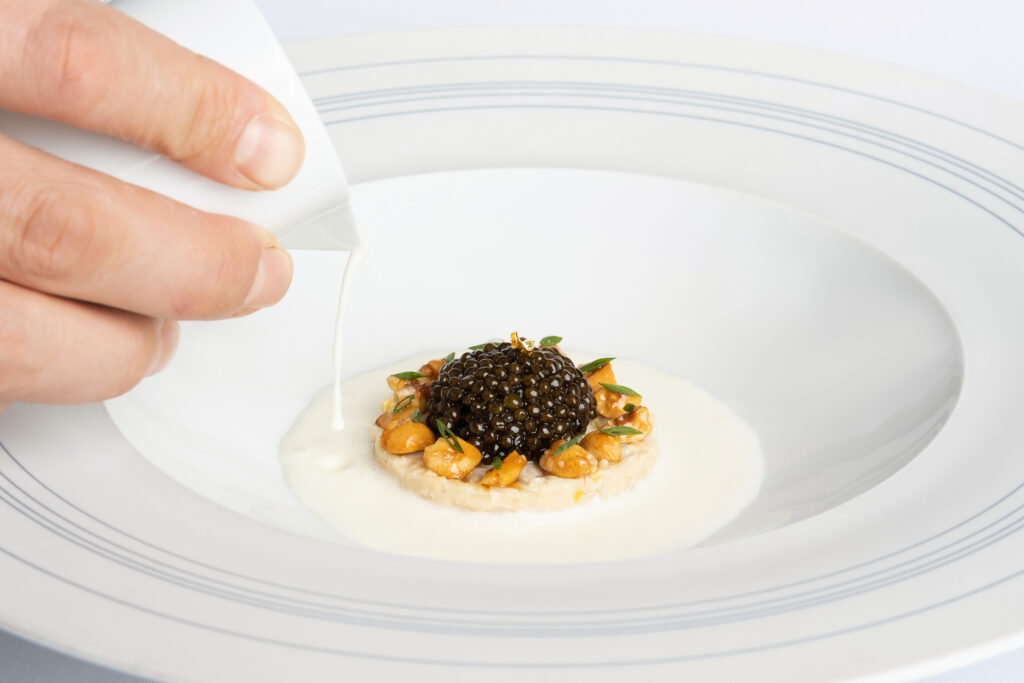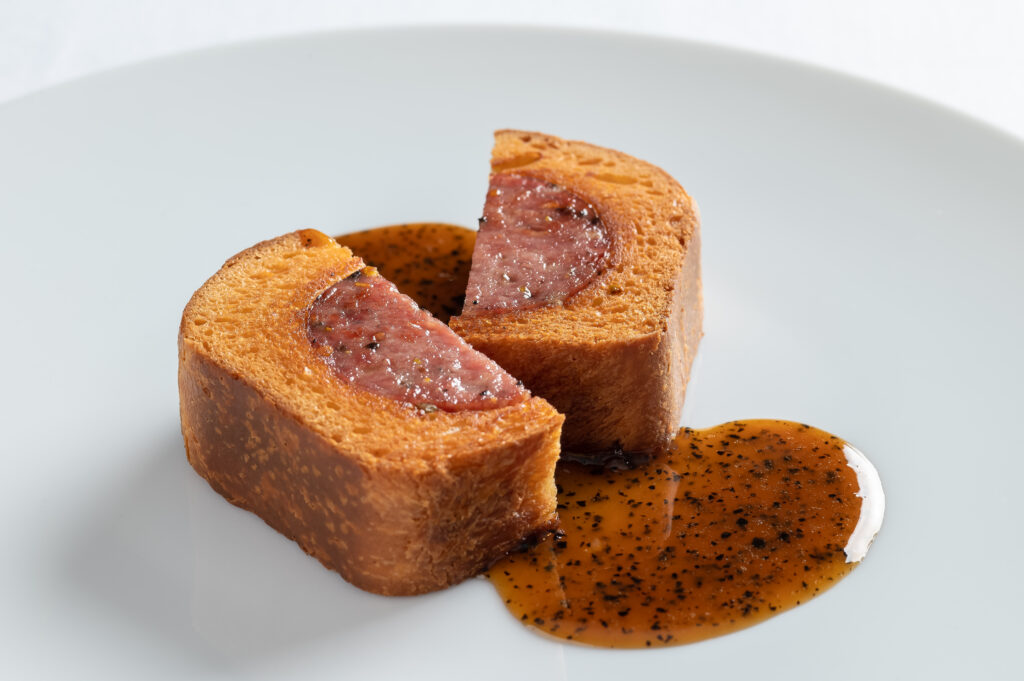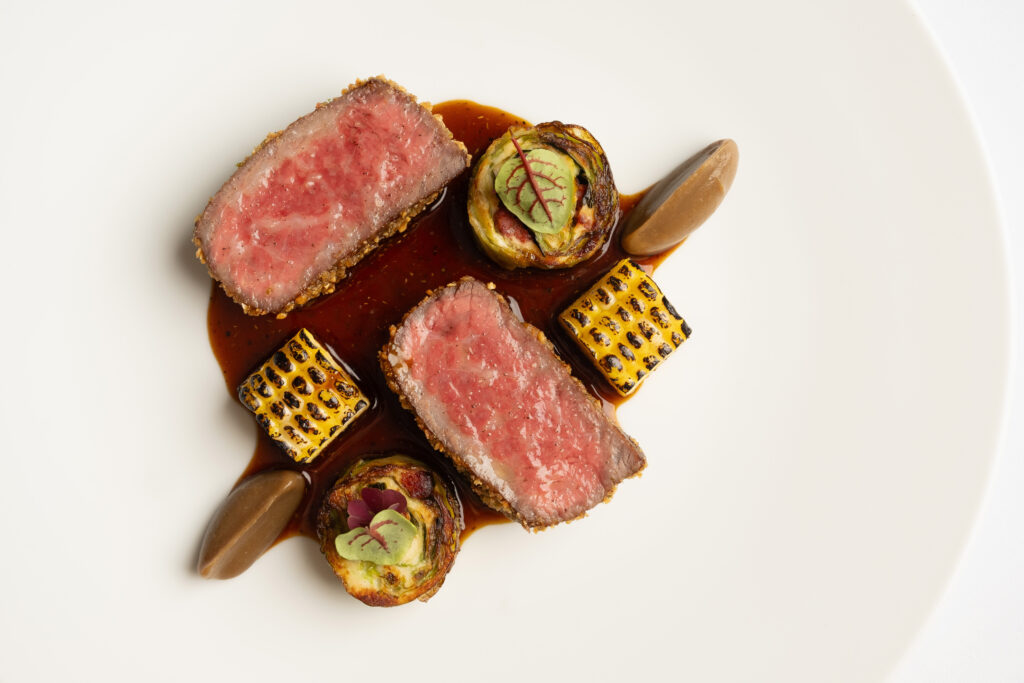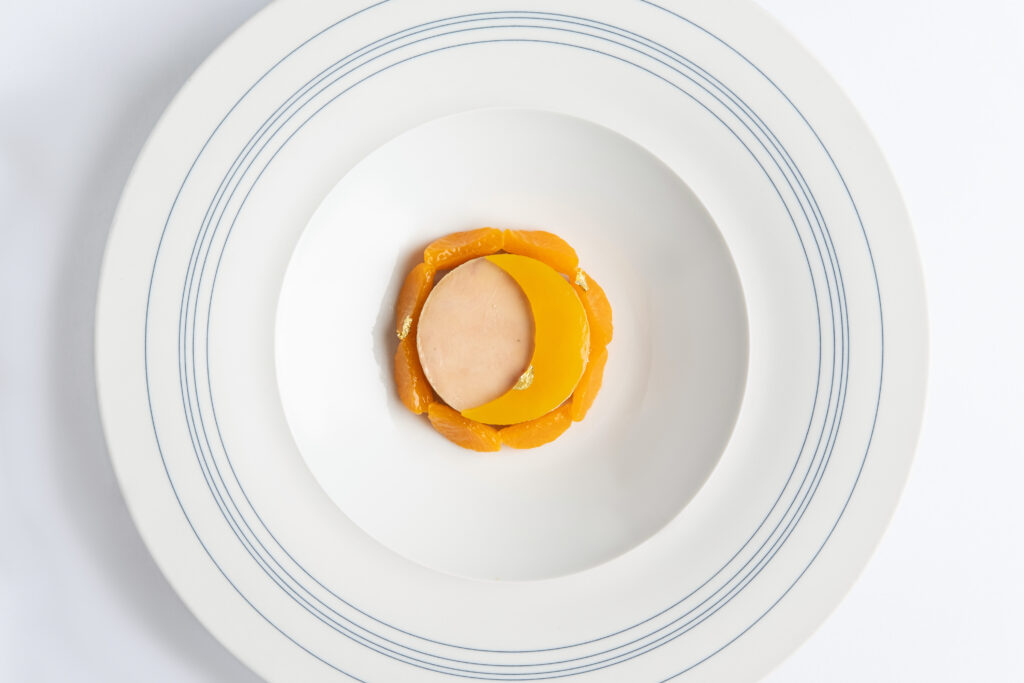Sam Kima is proud to have developed a rewarding career in the finance industry, a field he was encouraged to enter following advice from his father in the early 1990s. He comes across as modest and sincere, though delight in his achievements is evident on a wall of his office filled with certificates spotlighting his proficiency to trade in the markets.
“I’m still thriving in this career after more than three decades, winning accolades, awards, spanning Asia to Europe,” he says, indicating a further shelf packed full of trophies highlighting his business success.
Kima established Sam’s Investment Office in London in 2015, and also plays a huge role in sales and marketing as senior vice-president of First Gold. Jakarta-based PT Cyber Futures Indonesia, which specialises in forex, gold and derivative instruments, is another company that banks upon his expertise. He is also a professional senior analyst working under TraderHub Jakarta.
His formative years undoubtedly gave him an international outlook highly suited to the world of finance. Born in Hong Kong and further raised in California, he went on to study at the London School of Economics. He now spends his time shuttling between Hong Kong and Indonesia as well as Europe and Los Angeles, which he describes as his second home. He converses with a slight American twang, and with his strong physical presence, he easily commands attention when he articulates sentences in a deep, booming voice.
Carnegie confidence
Perhaps this innate ability to fill a room with his presence stems from the Dale Carnegie training he undertook at the outset of his burgeoning career. It was a decision that helped him achieve a better life. “Dale Carnegie is super amazing,” he says. “It has considerably influenced me on how to deal with people, colleagues, friends and clients. It guides you to be a smarter person with integrity and morality.”

He believes such training is all-important when developing a career in a people-centred occupation like finance, and credits the course with nurturing a whole raft of skills. “It develops communication, confidence, problem-solving, emotional intelligence and self-awareness,” he says.
Caring spirit
A sense of integrity is also fundamental to Kima’s attitude to work and his desire to partake in community service. For instance, every Tuesday he volunteers together with a group of influential community leaders to help serve food to more than 500 impoverished elderly people in Hong Kong. He believes these kinds of activities make someone a more positive person with other knock-on effects: “The better your character traits mesh with your career, the more productive and positive your job performance will be.”
He also reveals that he is a passionate believer in self-care and investing in activities that nurture body and mind. “This is not in a selfish way,” he adds.
Hungry for more
Kima likes to set and achieve goals, and his early banking career was spent mastering economic fundamentals like how technical charts play a big role in clients’ decision-making, and how various financial products, forex, gold and silver fluctuate according to data and news. He thrived on the adrenaline rush, constantly learning about the markets, and this made him hungry. “It is an amazing field and I loved what I experienced and was doing,” he recalls of the time.
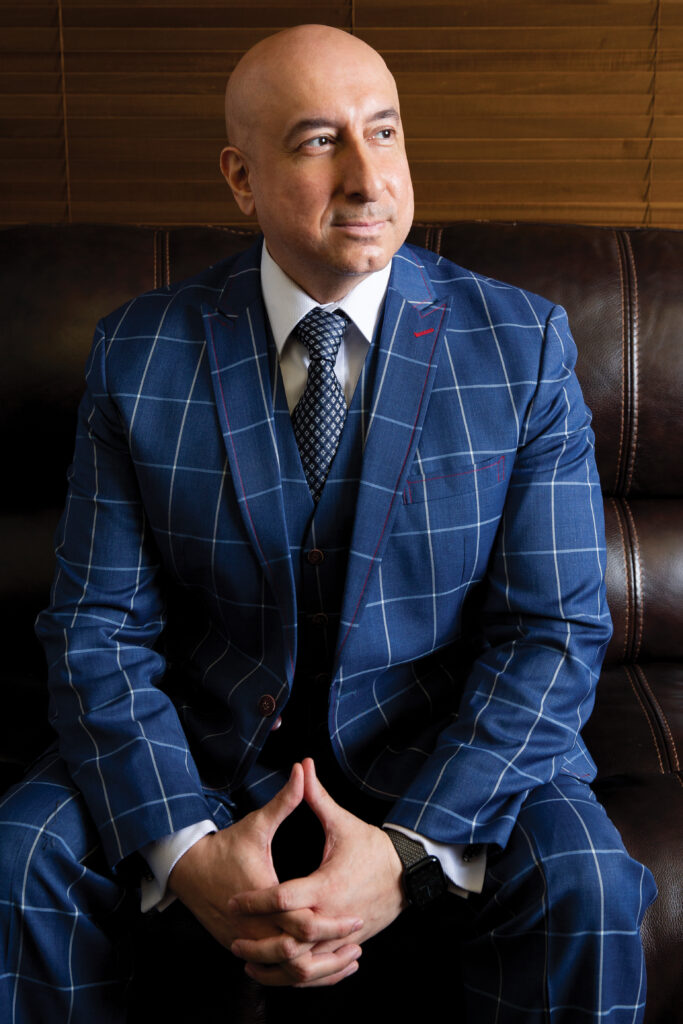
This hunger has stayed with him. One can sense he is constantly checking the newswires to sense the market direction. The day of our meeting was soon after the terrible events in Israel and he noted a flight to the dollar as investors sought security in an uncertain world.
The fear factor
Shifting assets to the security of gold is another phenomenon in turbulent times, especially when the fear of inflation is pervasive. “As inflation occurs, investors increasingly turn to gold as a hedge, driving demand and price upwards,” he explains.
His team is part of a tightly interconnected network spanning Australia, Indonesia, the UK and Hong Kong in the rapidly developing investment brokerage field. Live analysis reports by their expert advisors on their state-of-the-art 24-hour trading platform can be the difference between clients making a profit or loss in the most lucrative forex and precious metals markets, according to Kima. He also states they can offer the most competitive spreads and that industry leaders from the Asia-Pacific region turn to his team for their wealth management and analysis reports.
Internet immediacy
He believes one of the main reasons why gold and forex investing is so easy – and attractive – is its accessibility. “Anyone with an internet connection and a computer or mobile device can access the market. Forex and gold brokers provide traders with trading platforms that allow them to buy and sell currencies, view charts and access real-time analysis and news,” he says.
His services aim to reduce the time it takes for an order to be routed to the servers for execution, something known as latency. “The high liquidity of forex and gold means that transactions can be completed quickly and easily, and that spreads are often very tight – meaning the underlying market price won’t have to make a significant positive move in order for your trade to be profitable,” he says.
Get-rich-quick worry
As he sits in his office in front of a shelf crammed with a bust of Mao Zedong, beautiful Chinese figurines and a lovely model of a traditional sailing boat, he talks earnestly about the dangers of naive and small investors who do not do their homework before putting their savings into investment vehicles. He is acutely aware that the reputation of the financial sector has taken a battering over recent years, and passionately believes that credibility is all-important when dealing in finance. Indeed, he reveals that he did an interview warning of the dangers of cryptocurrency just prior to the great unravelling.
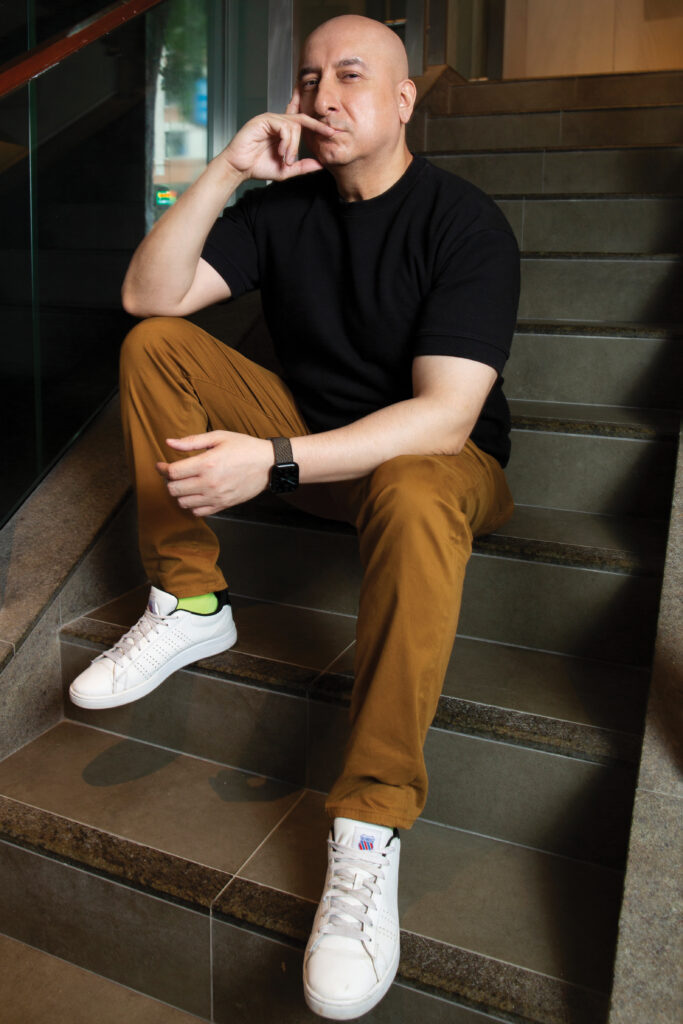
He fears inexperienced investors post- Covid are exhibiting a dangerous get-rich-quick mentality, and perhaps with this concern in mind, he makes sure his investor clients first go through demo accounts to trade without using real money. “We must make sure that prospective clients are well educated about our markets and understand the fundamentals prior to putting funds in the real market,” he says.
Top track record
For our photo shoot, he dons an assortment of strikingly coloured suits, and there is certainly the showman side to his persona. In a wistful moment, he yearns for the return of the big pre-Covid society bashes. But he knows what traits are most important: “You will not find one bad review on a search engine about the companies I am involved with,” he reveals with immense pride.
“Integrity, loyalty, reviews, honesty and track records are the main ingredients and reasons for investing with us,” he adds.
Interview by: Neil Dolby Photographer: Jack Law Videographer: Jack Fontanilla



